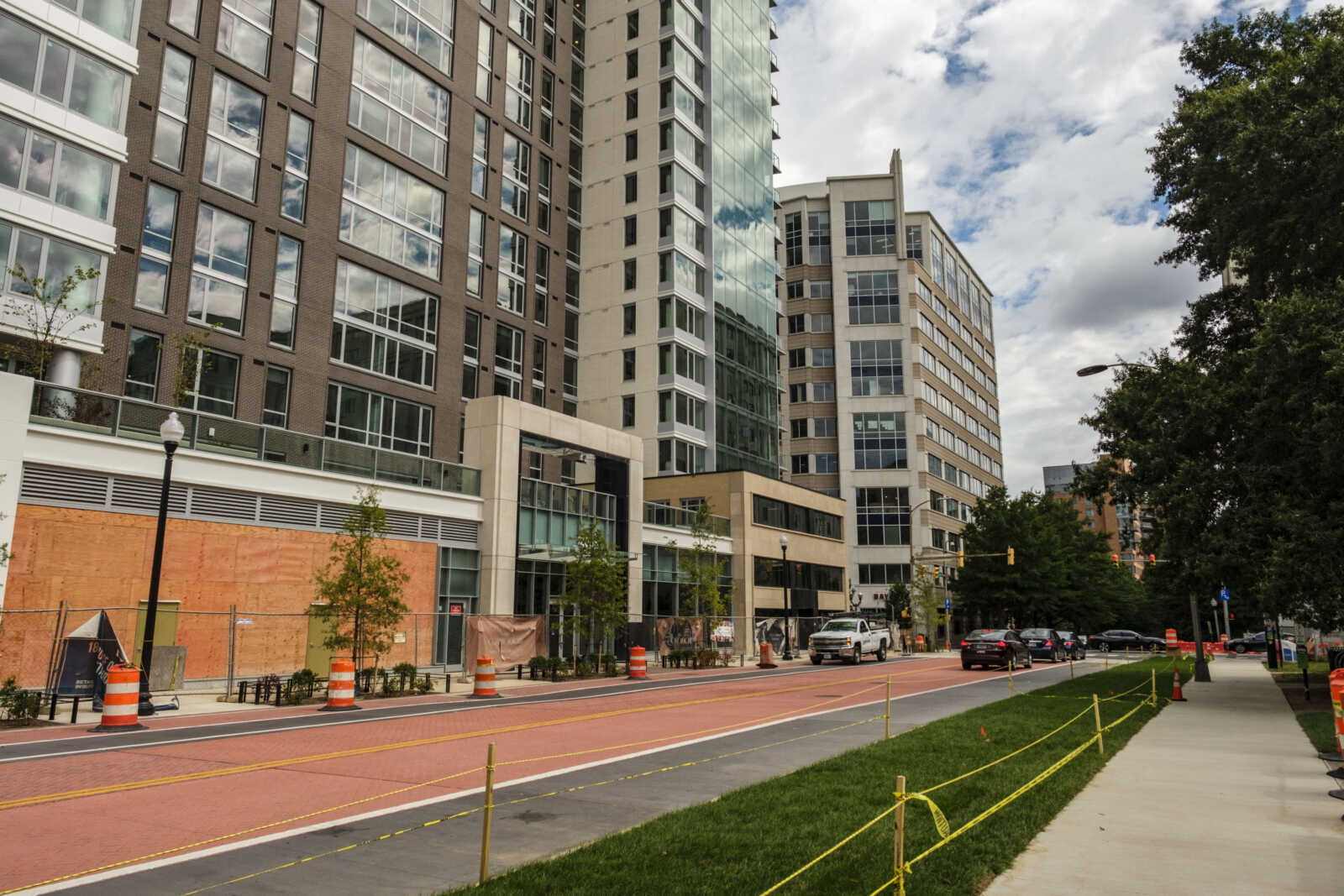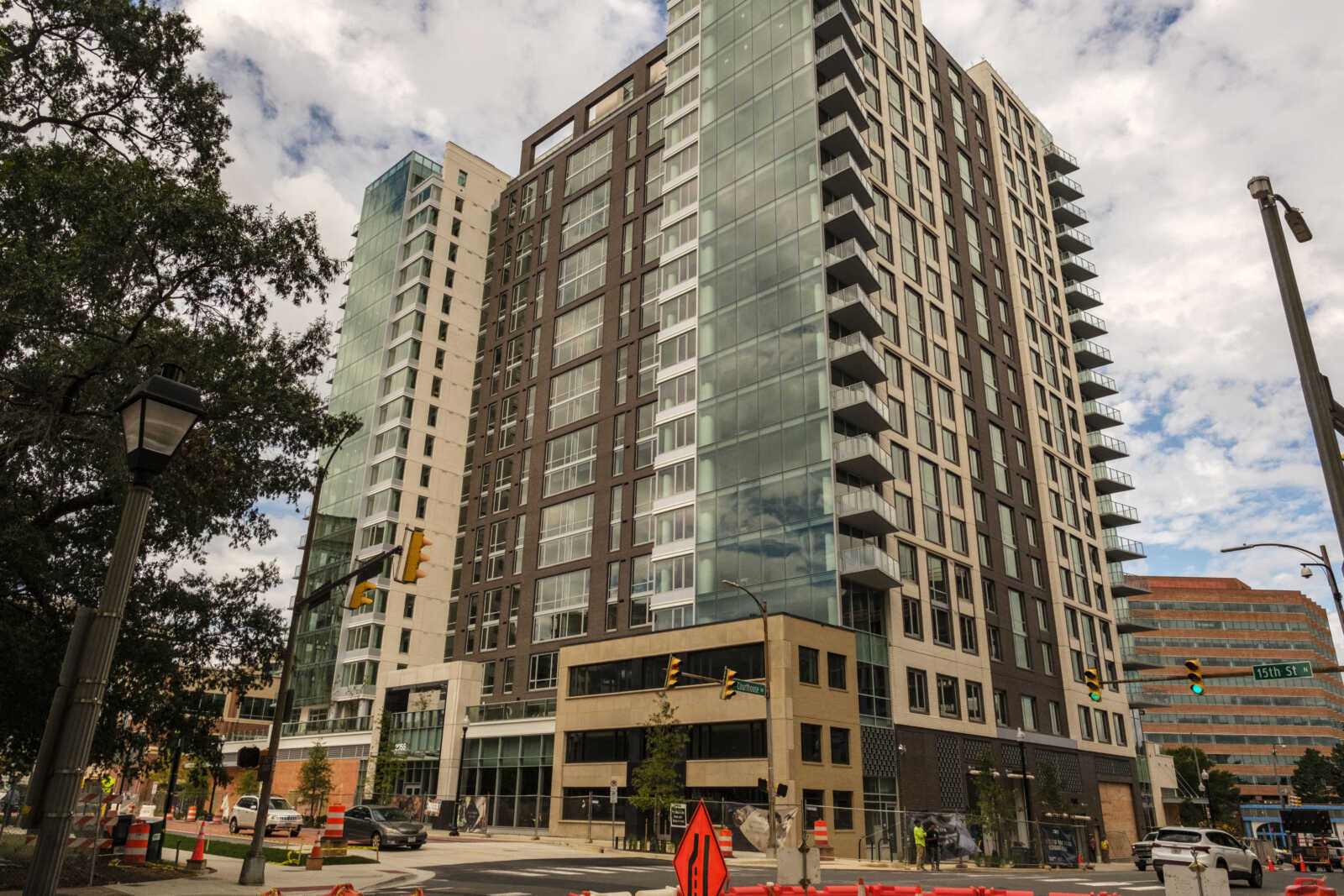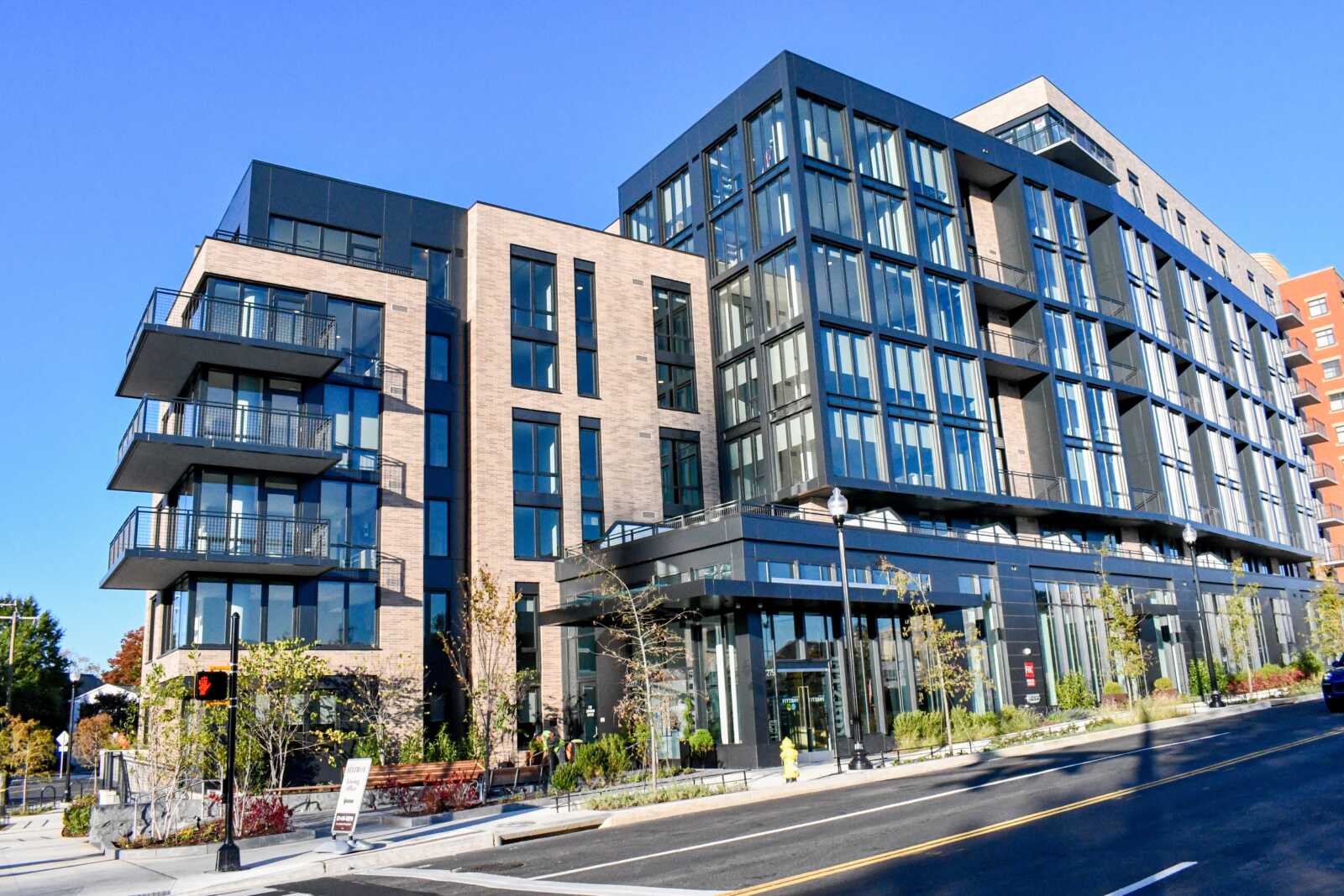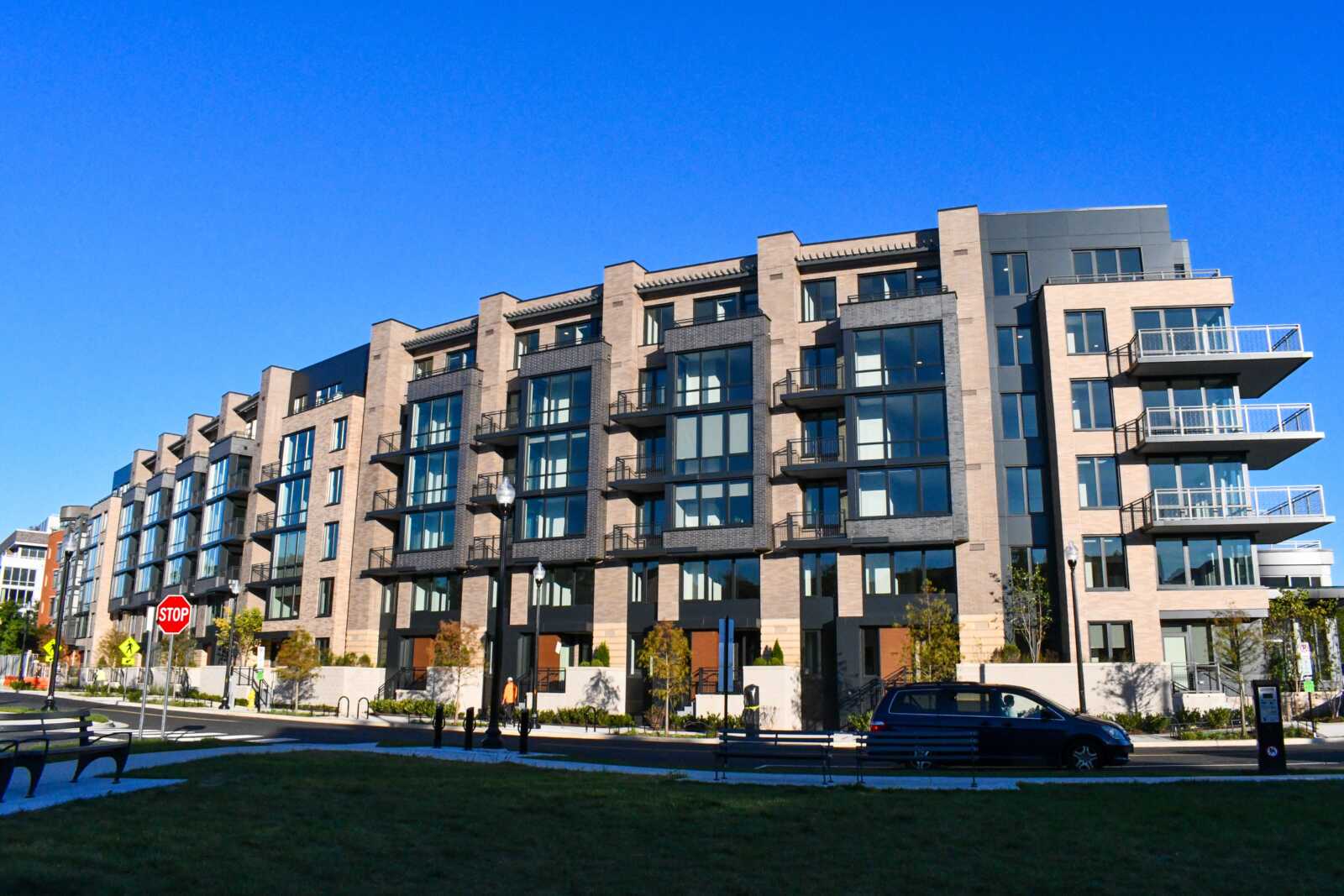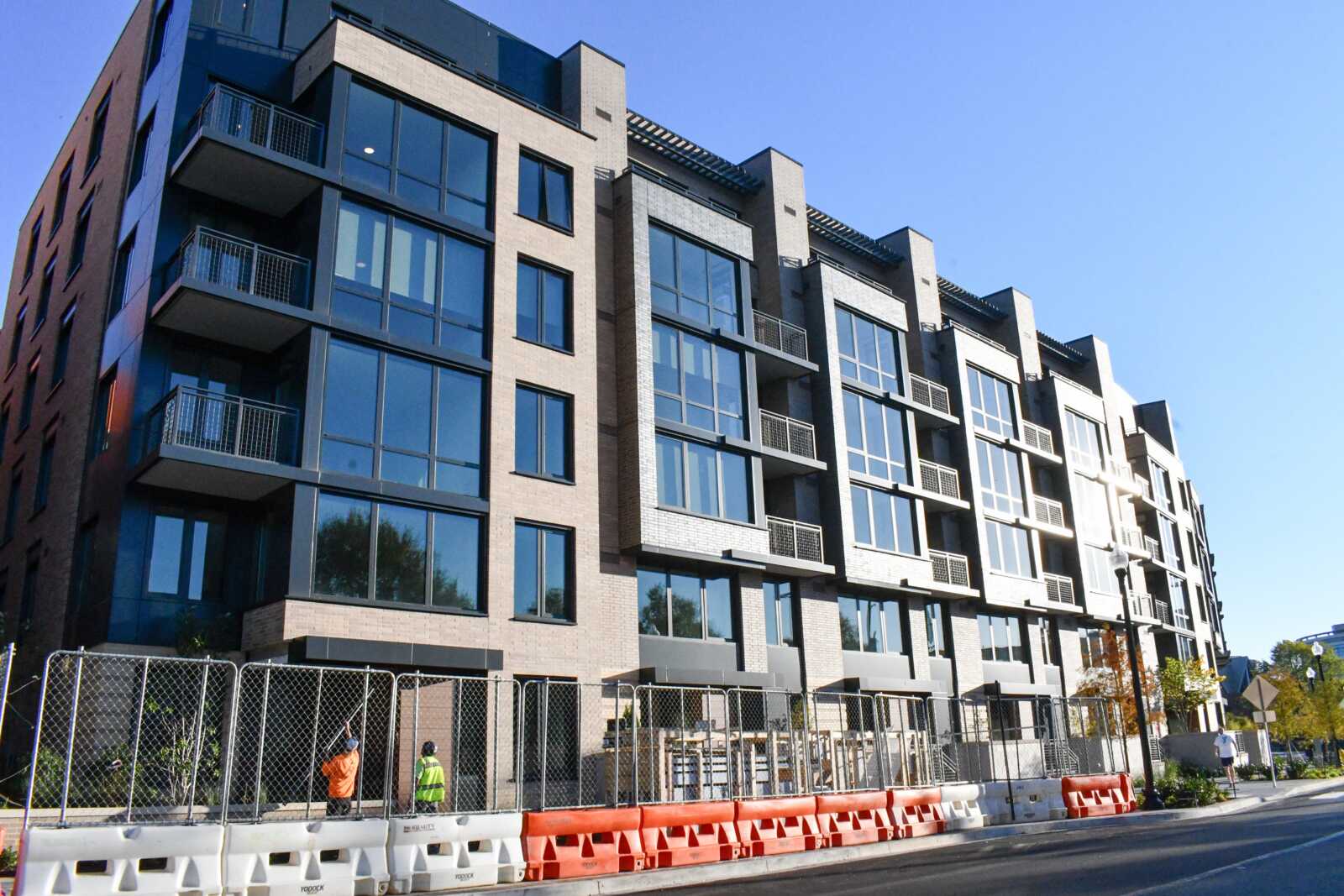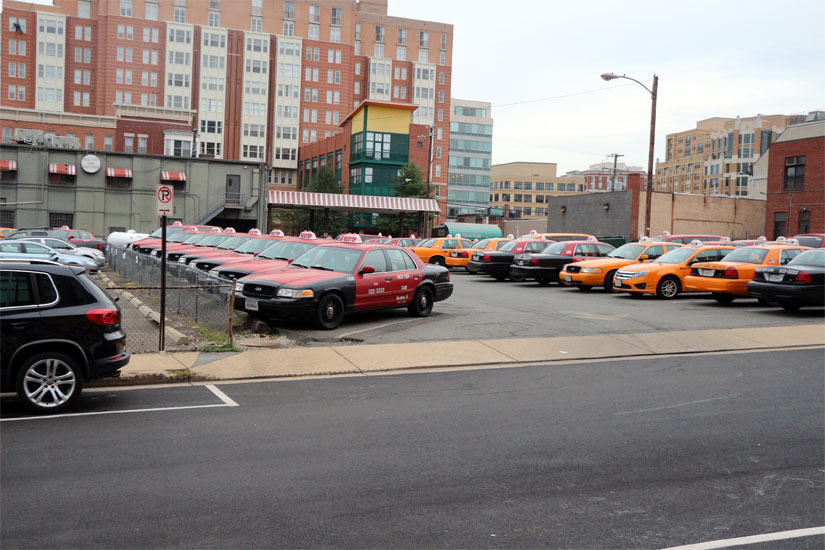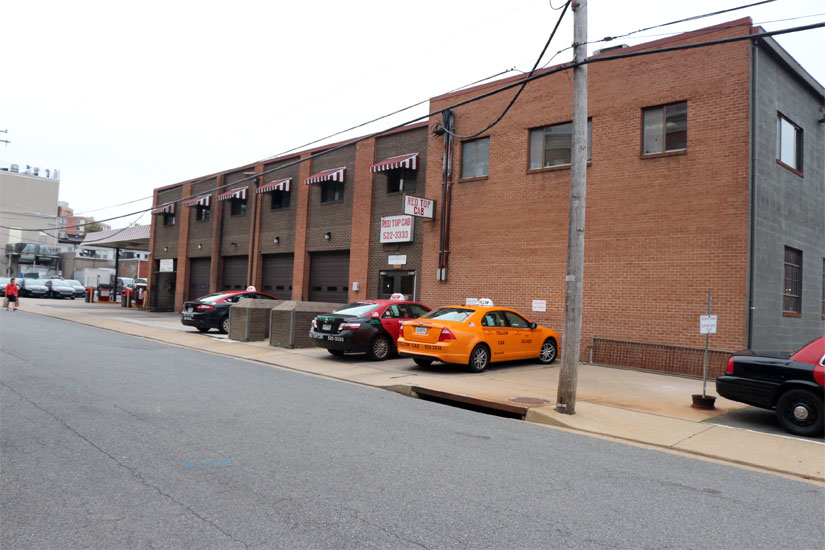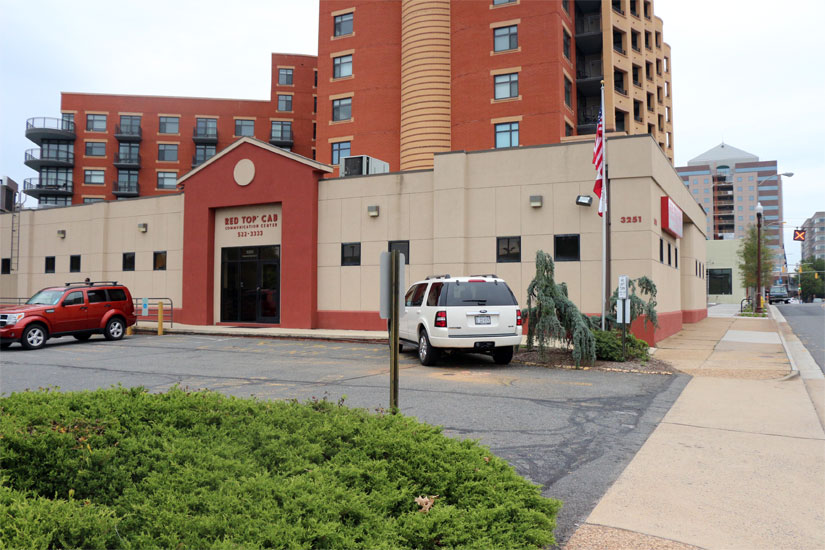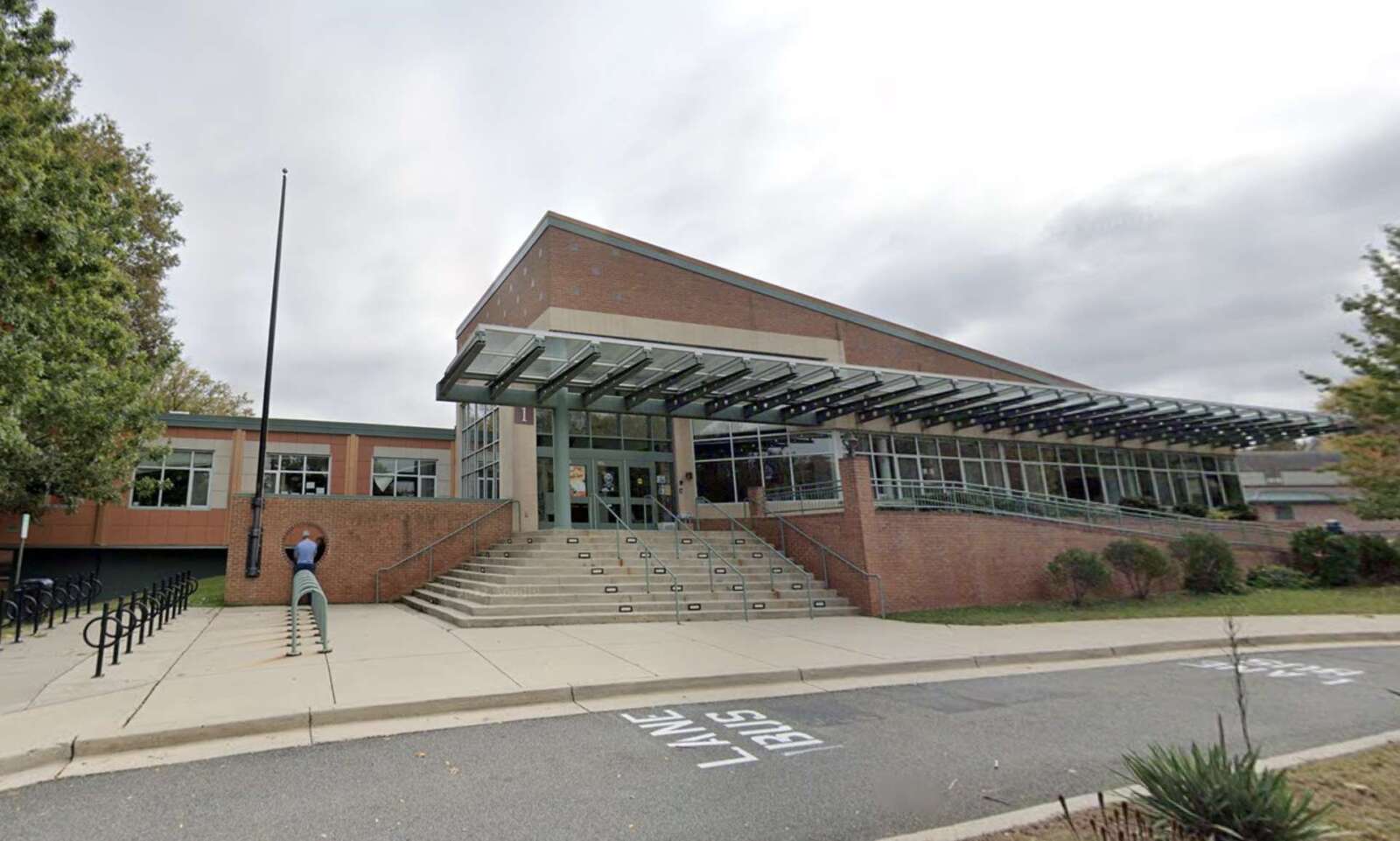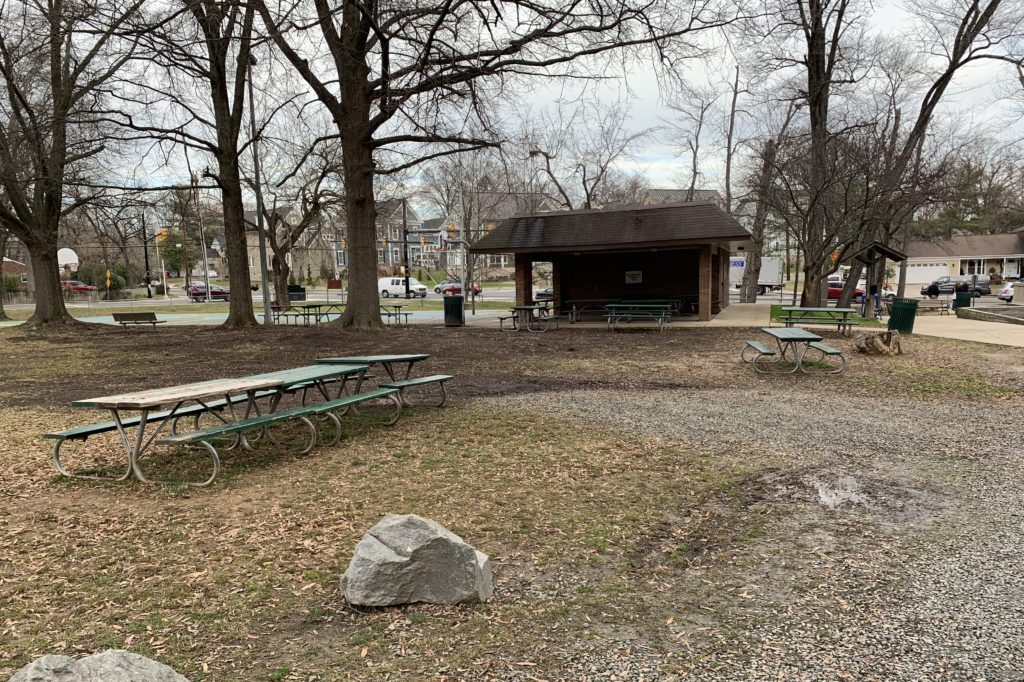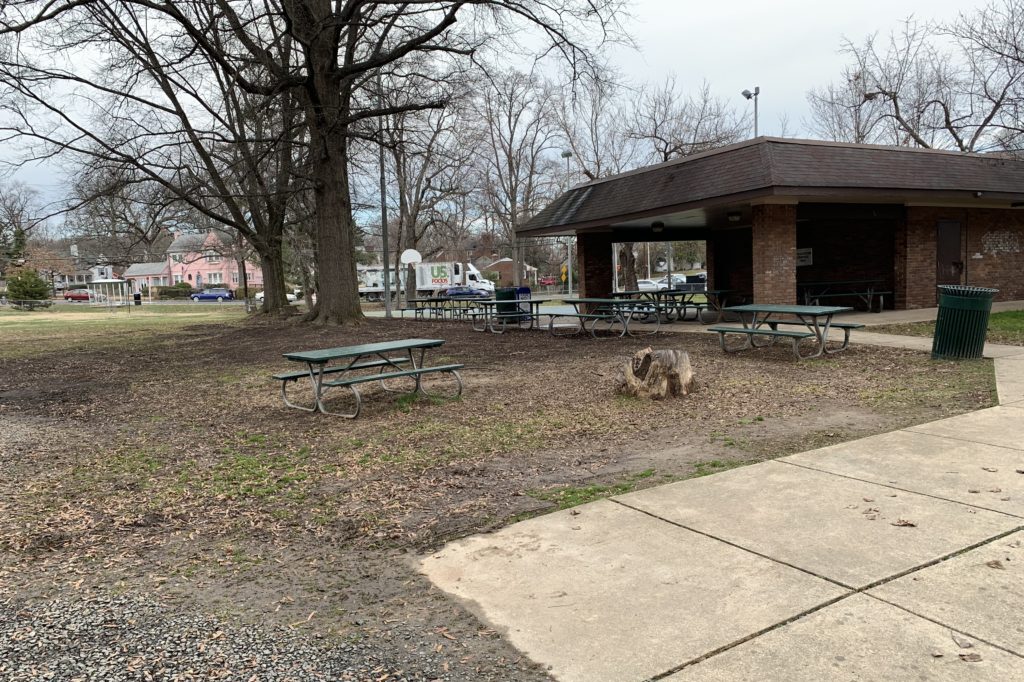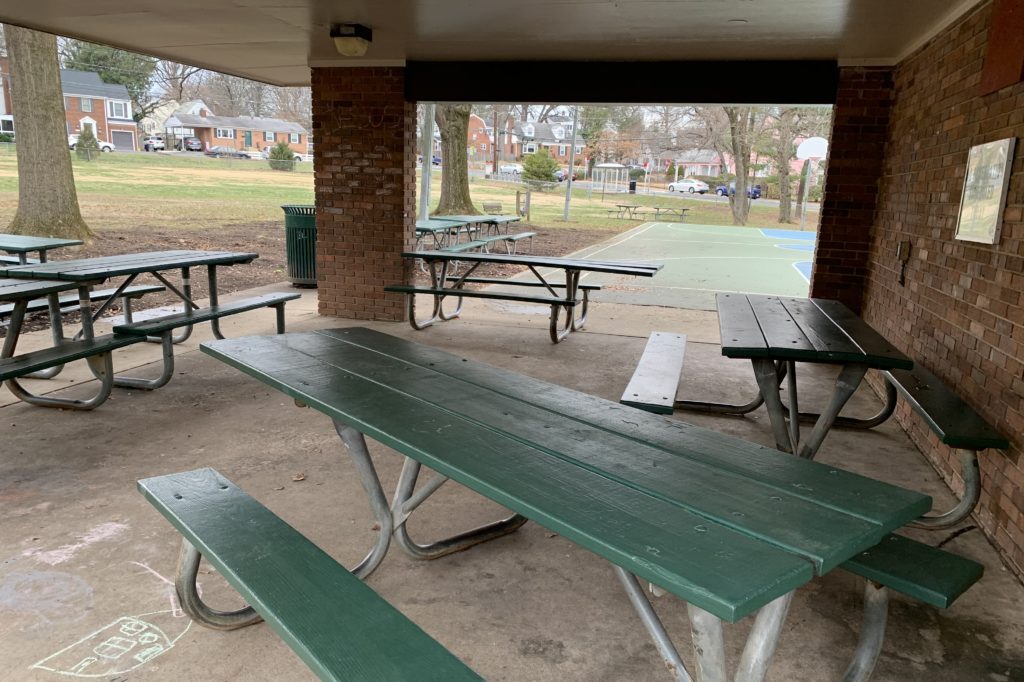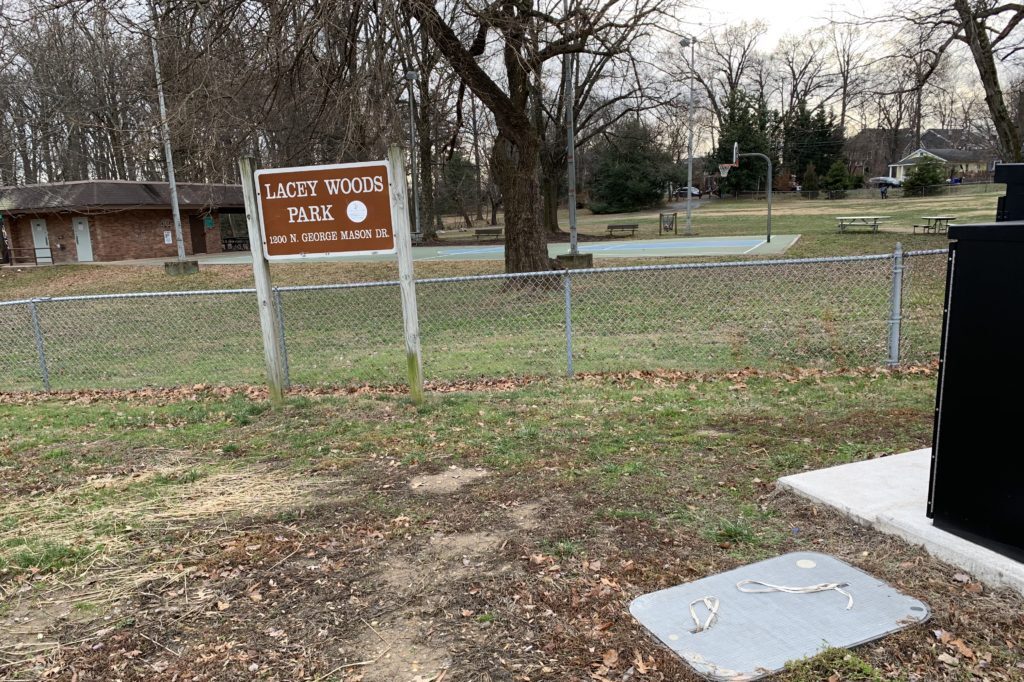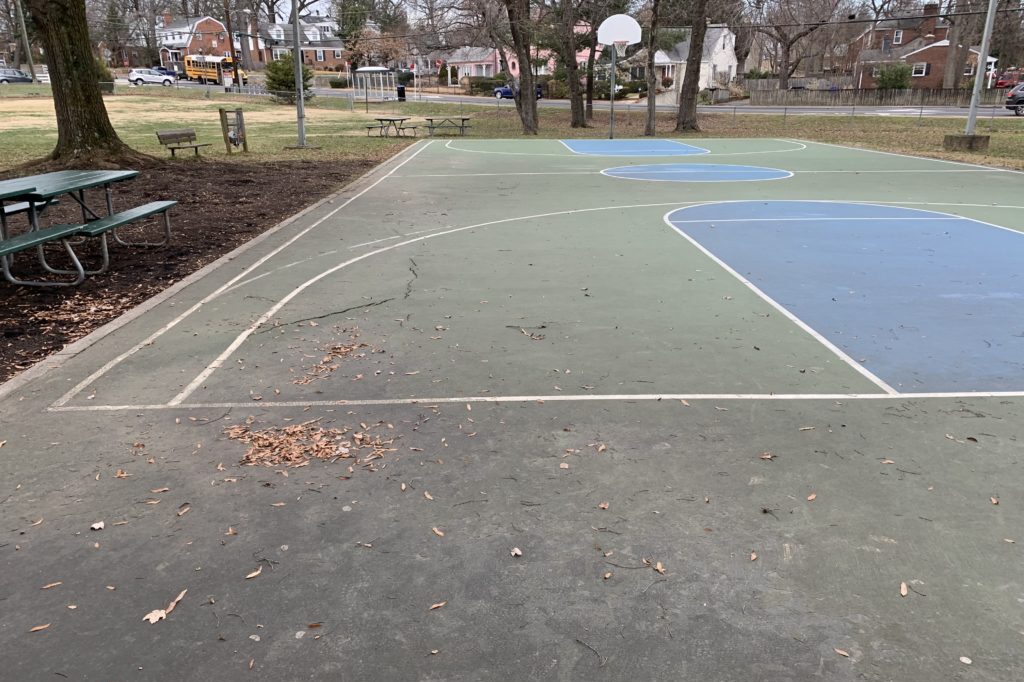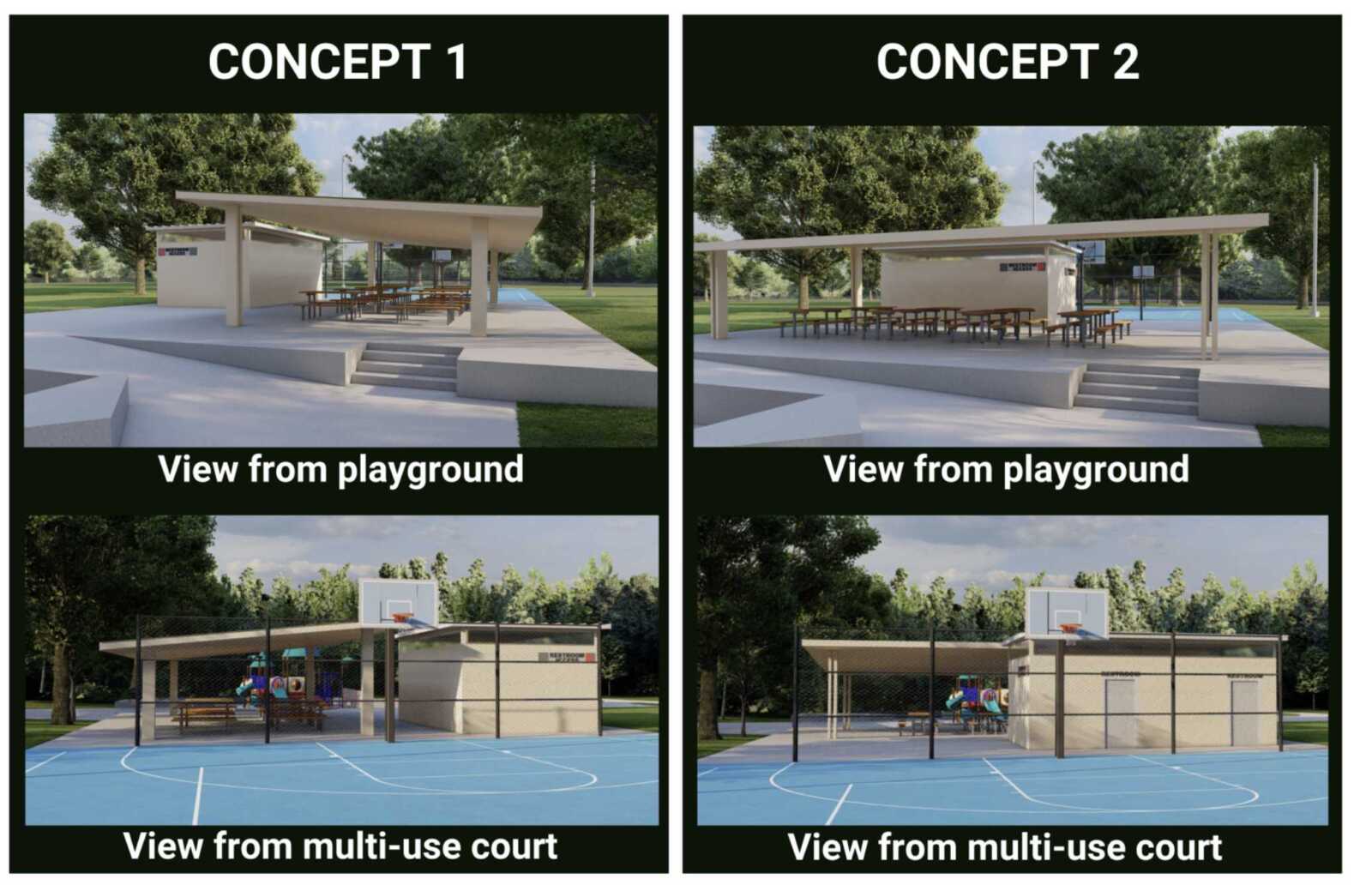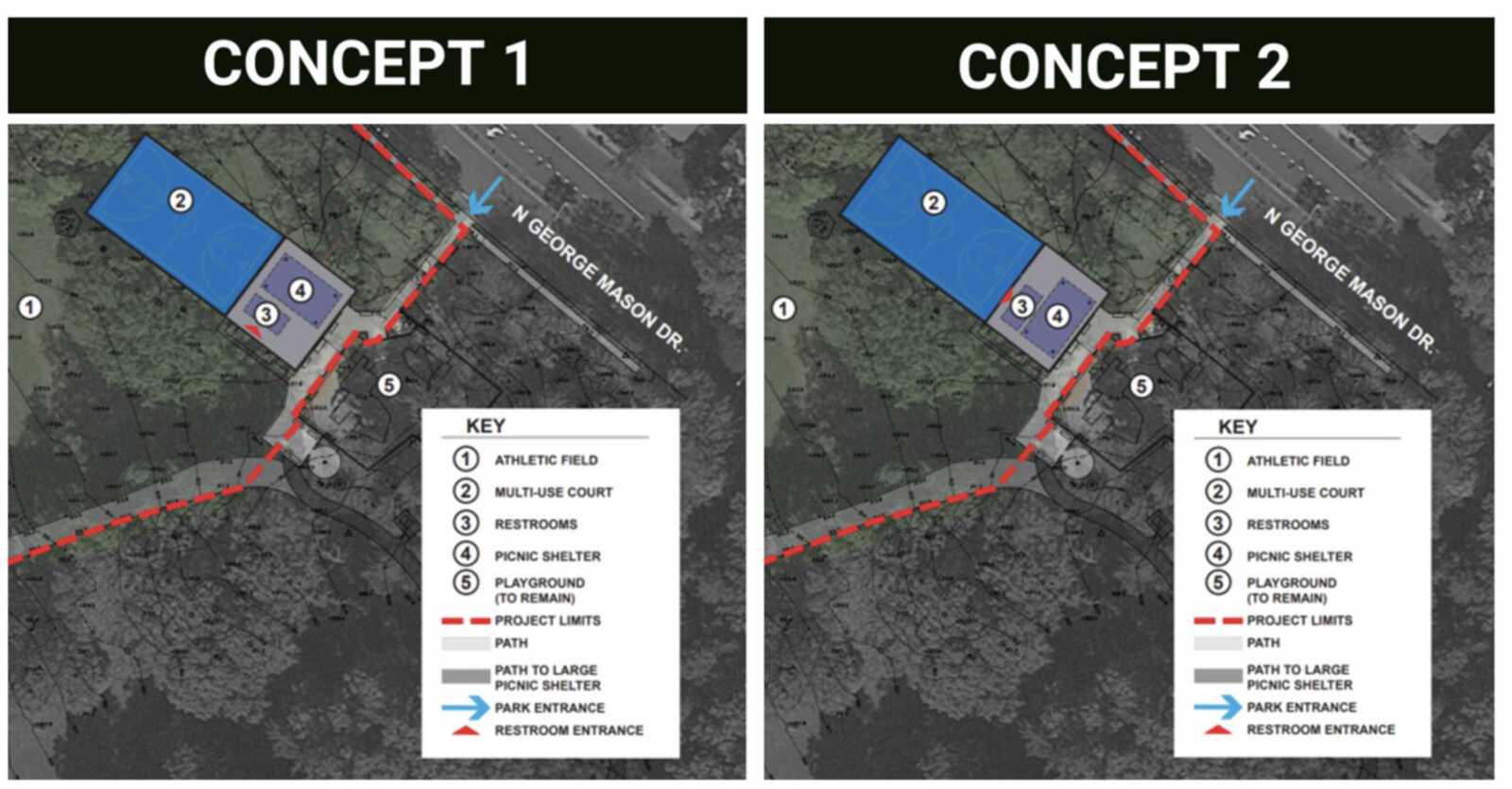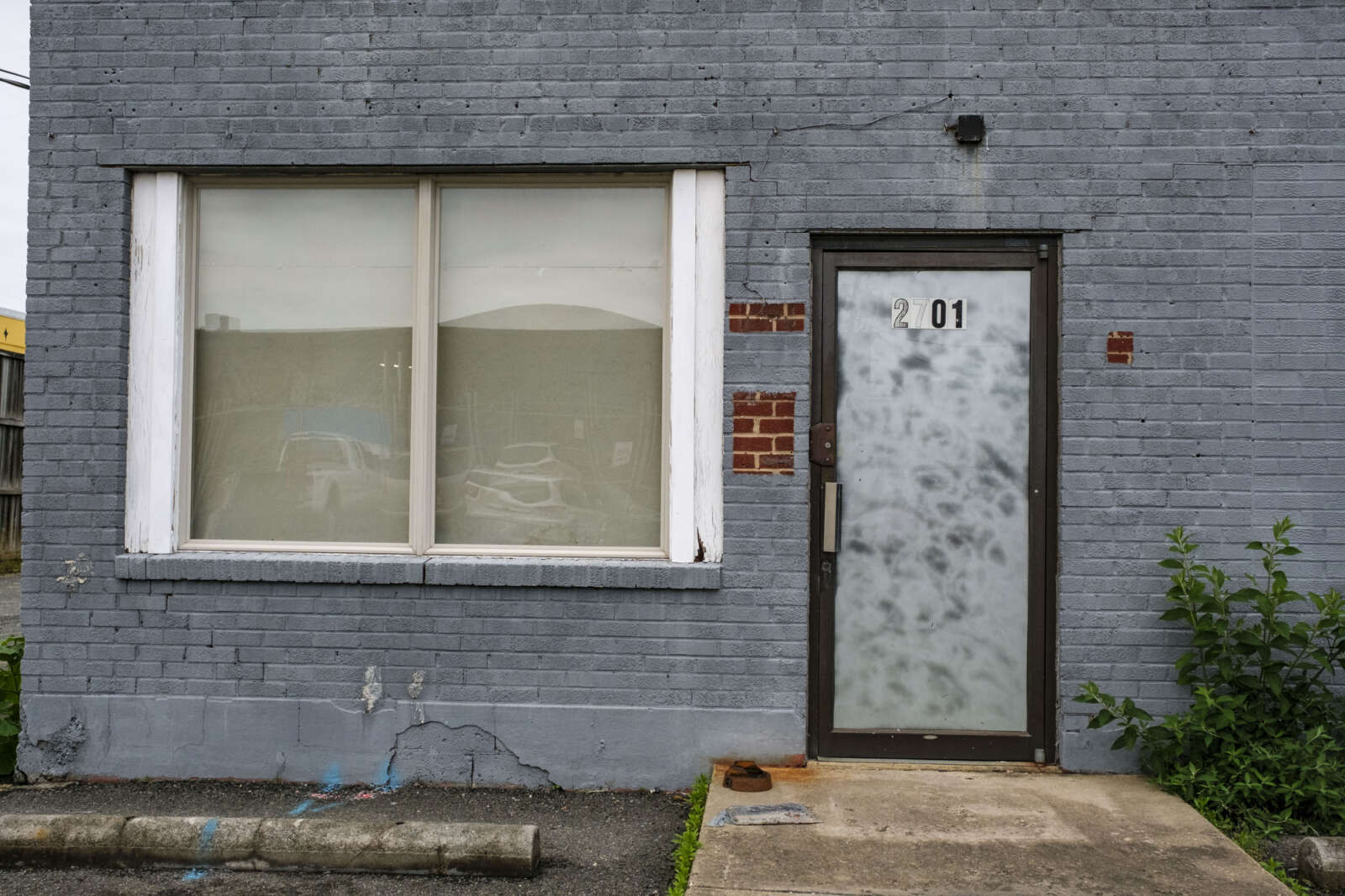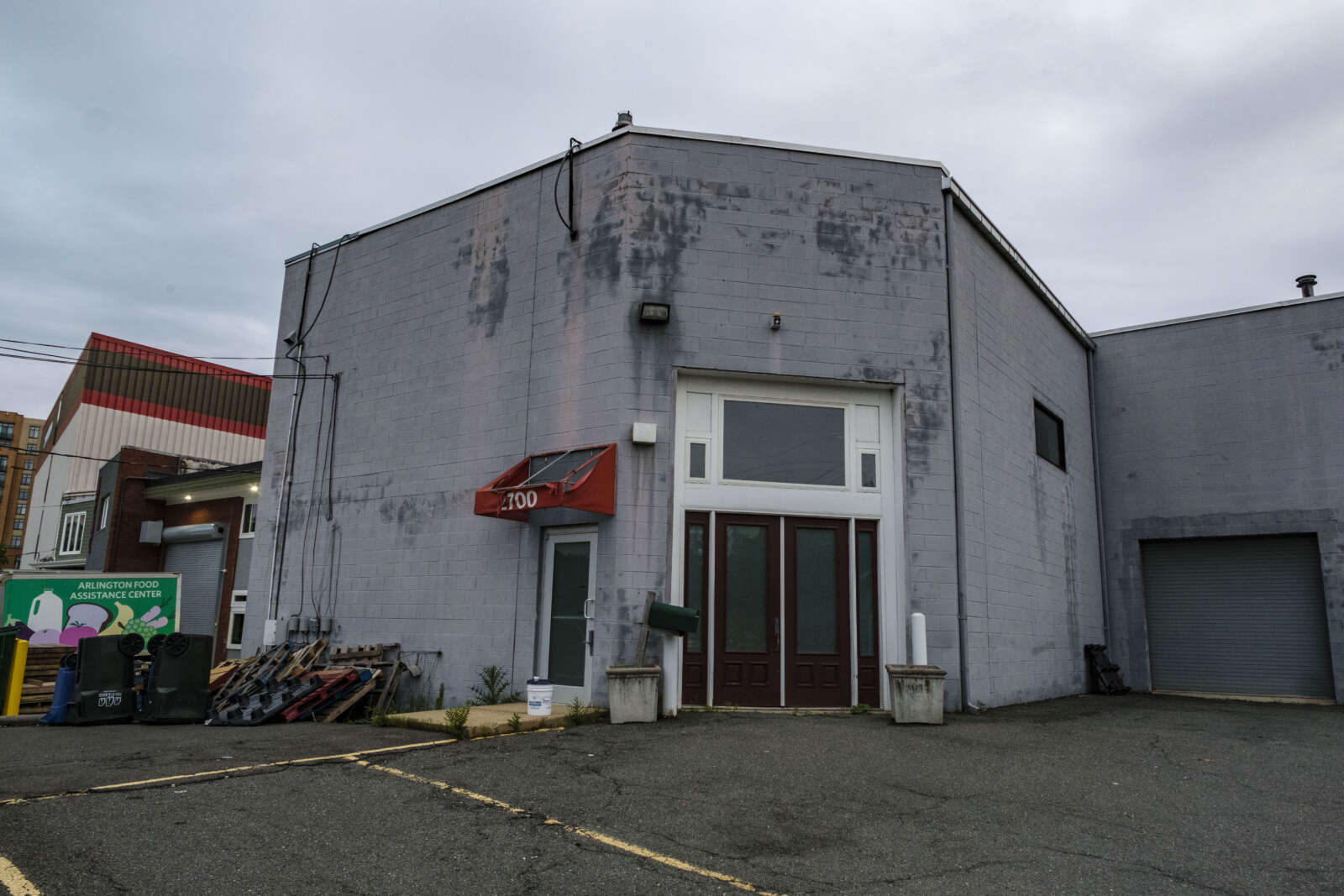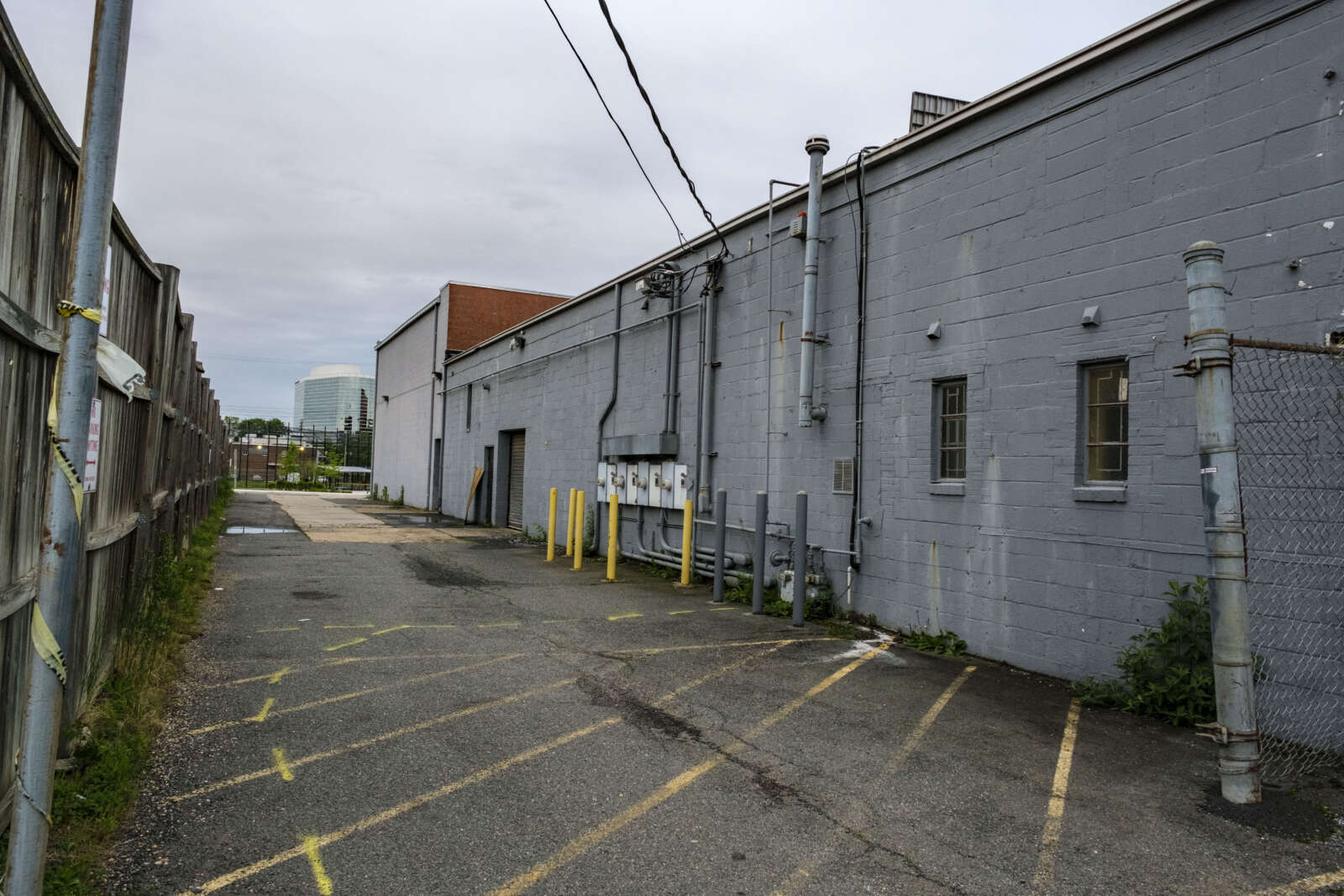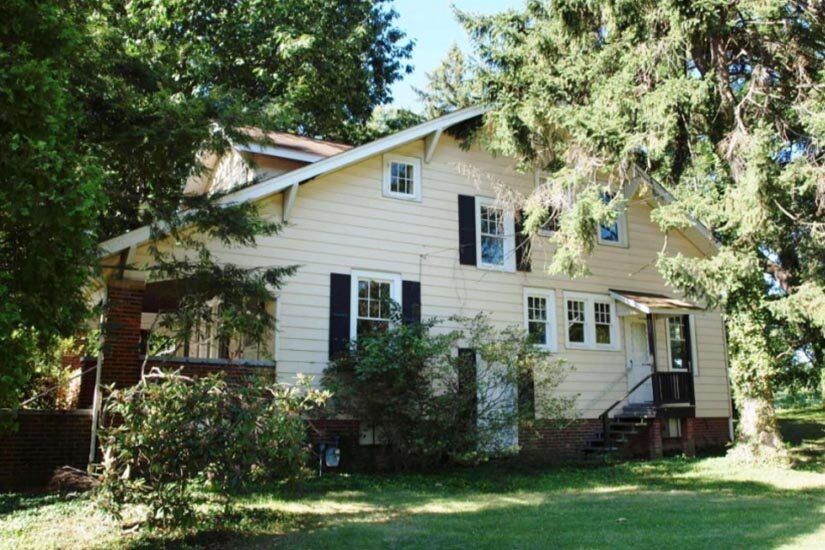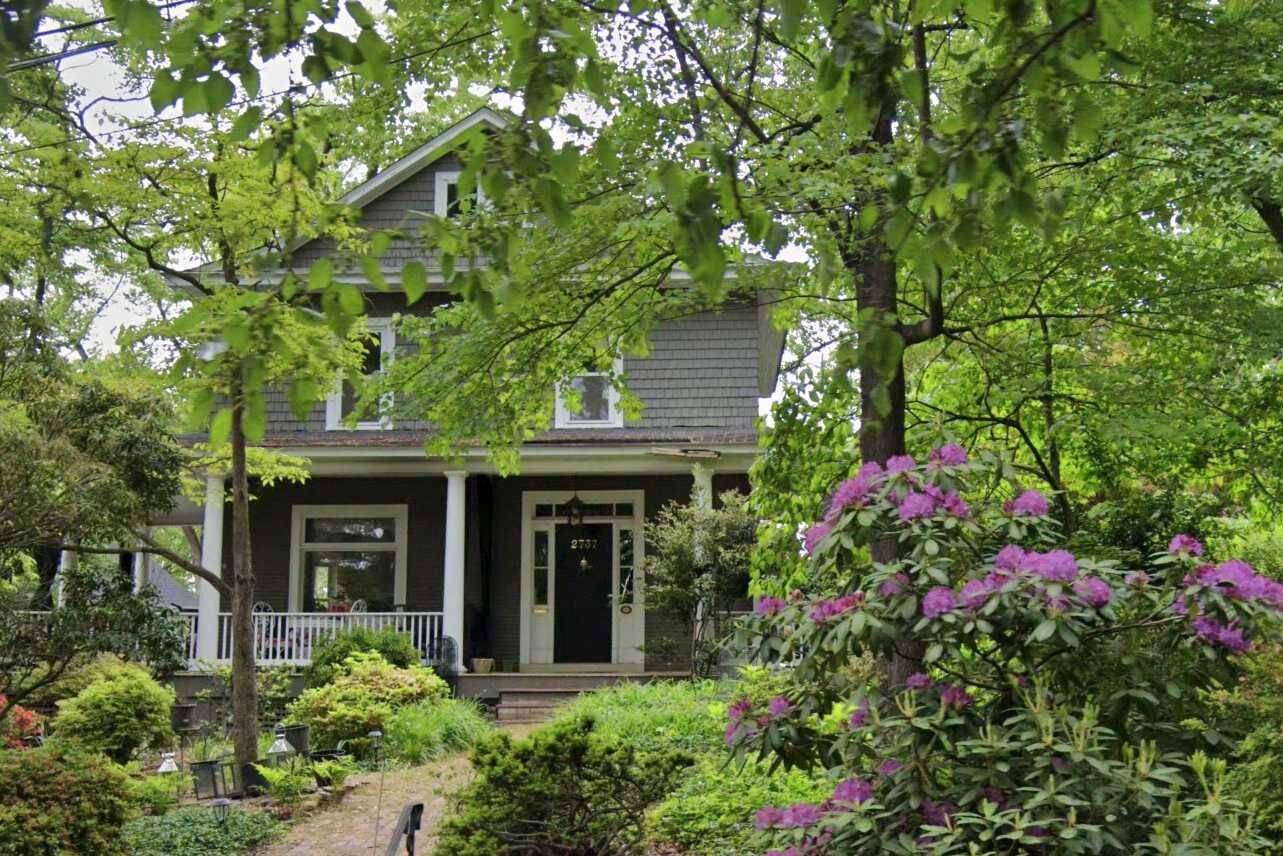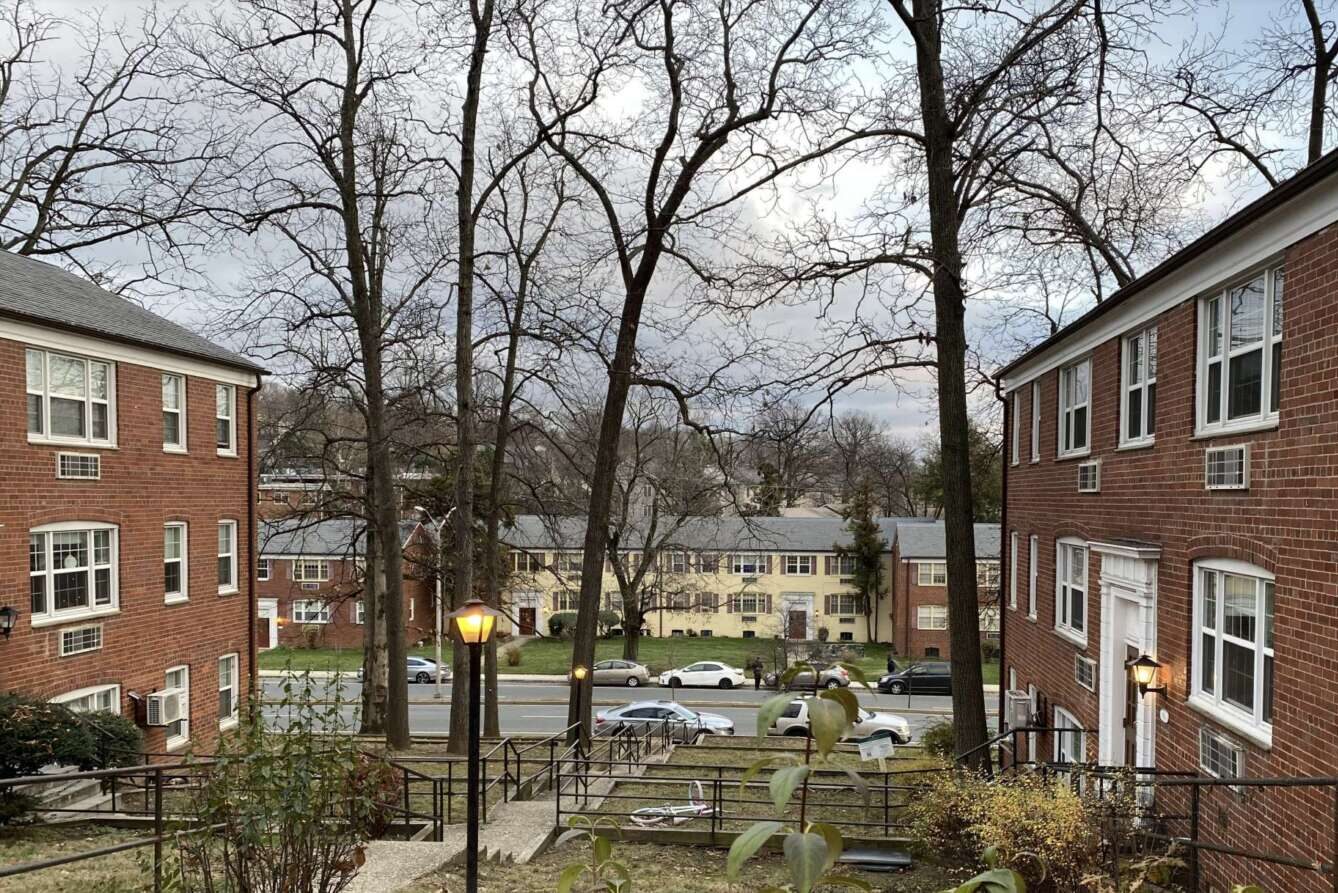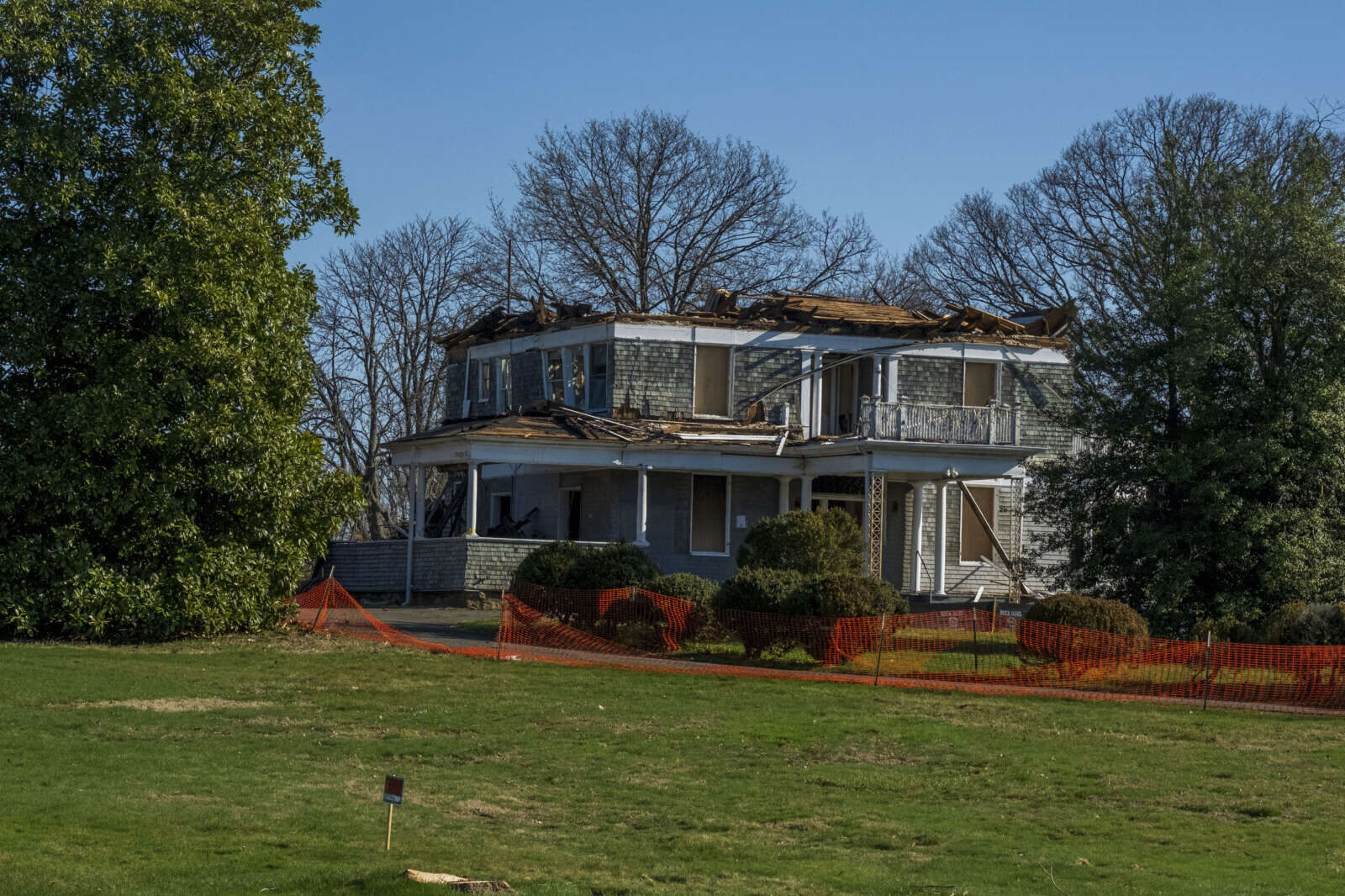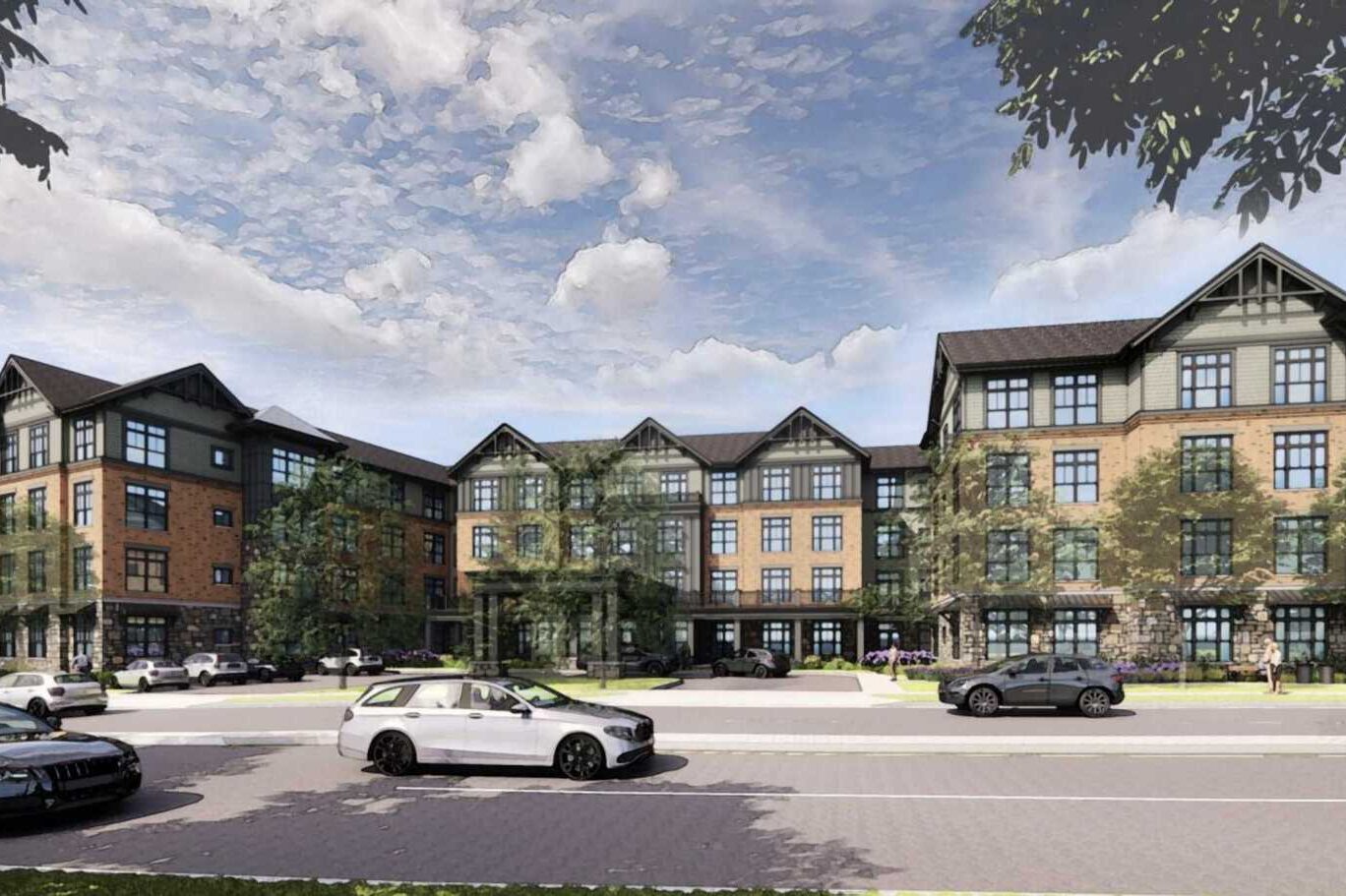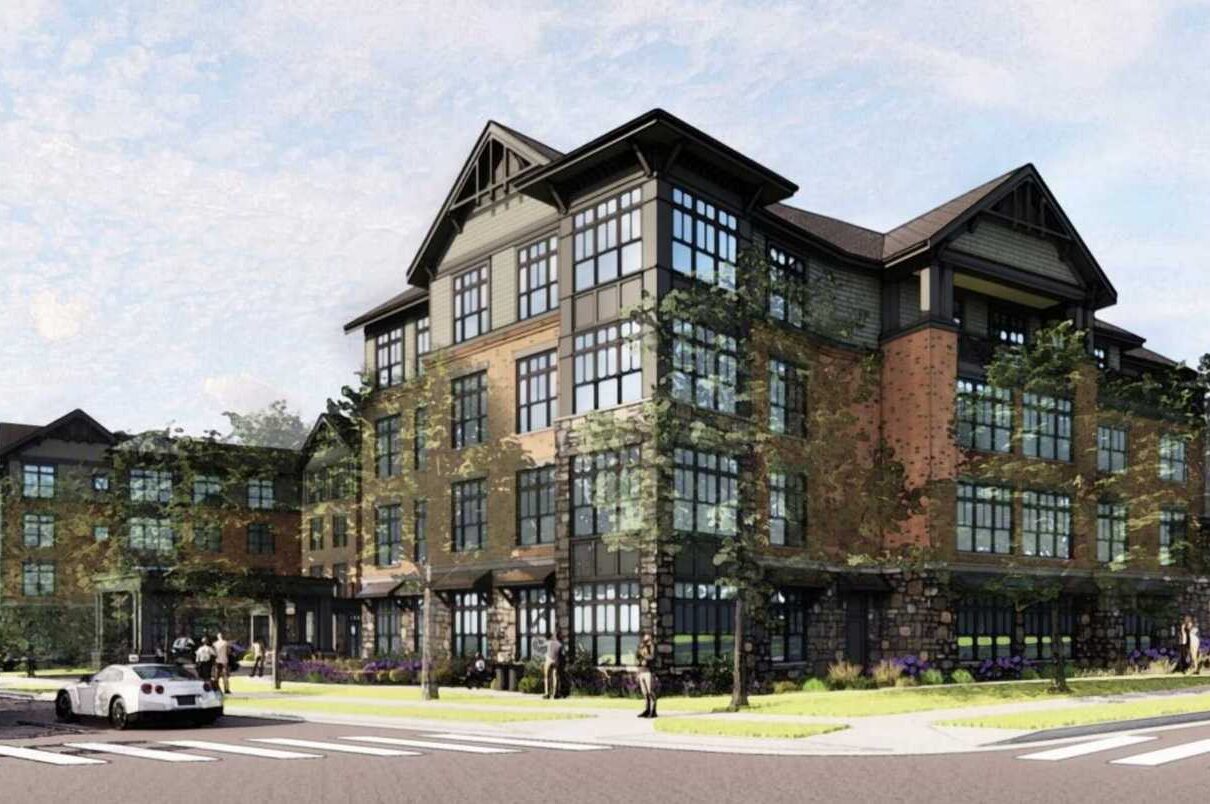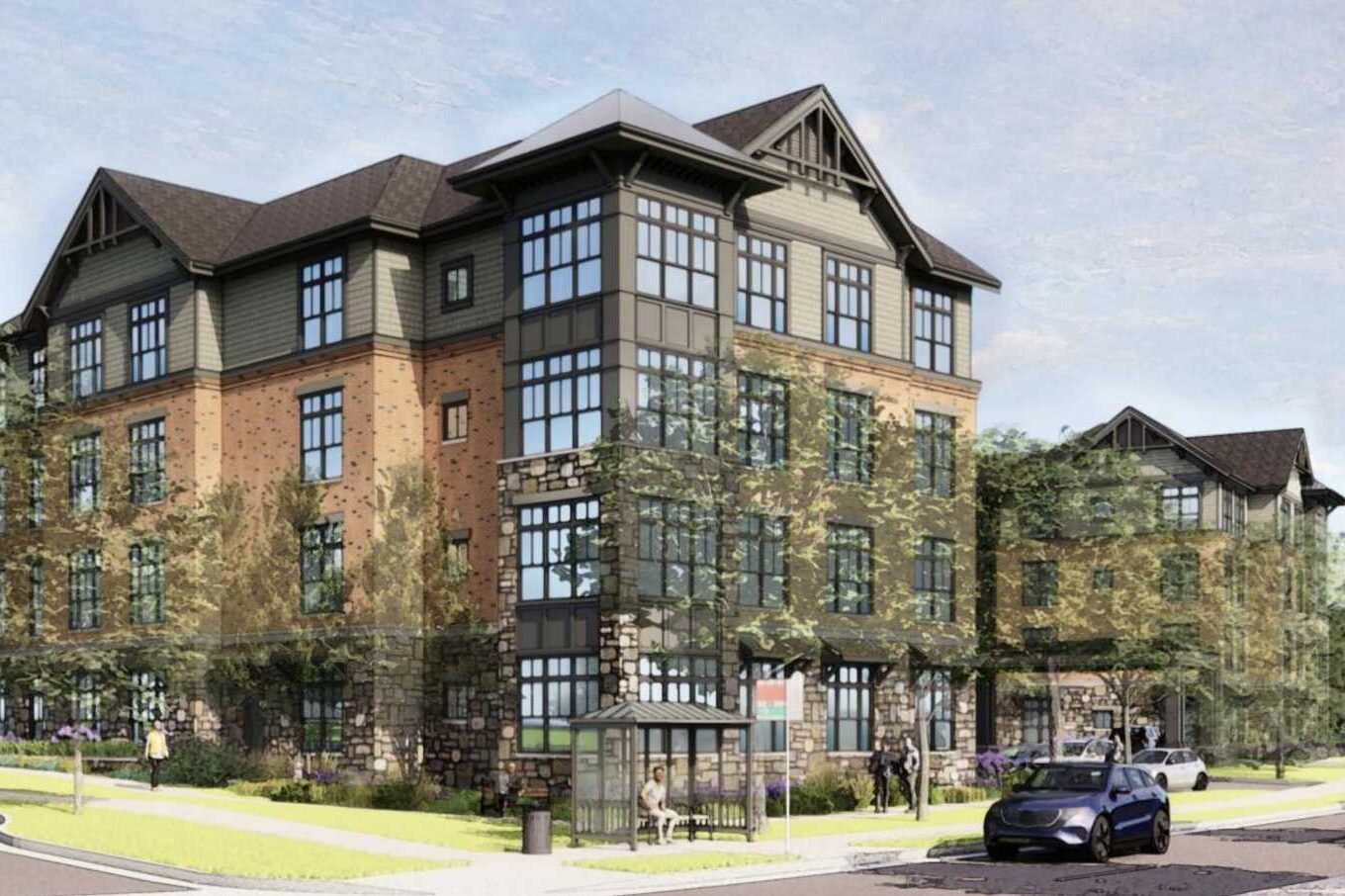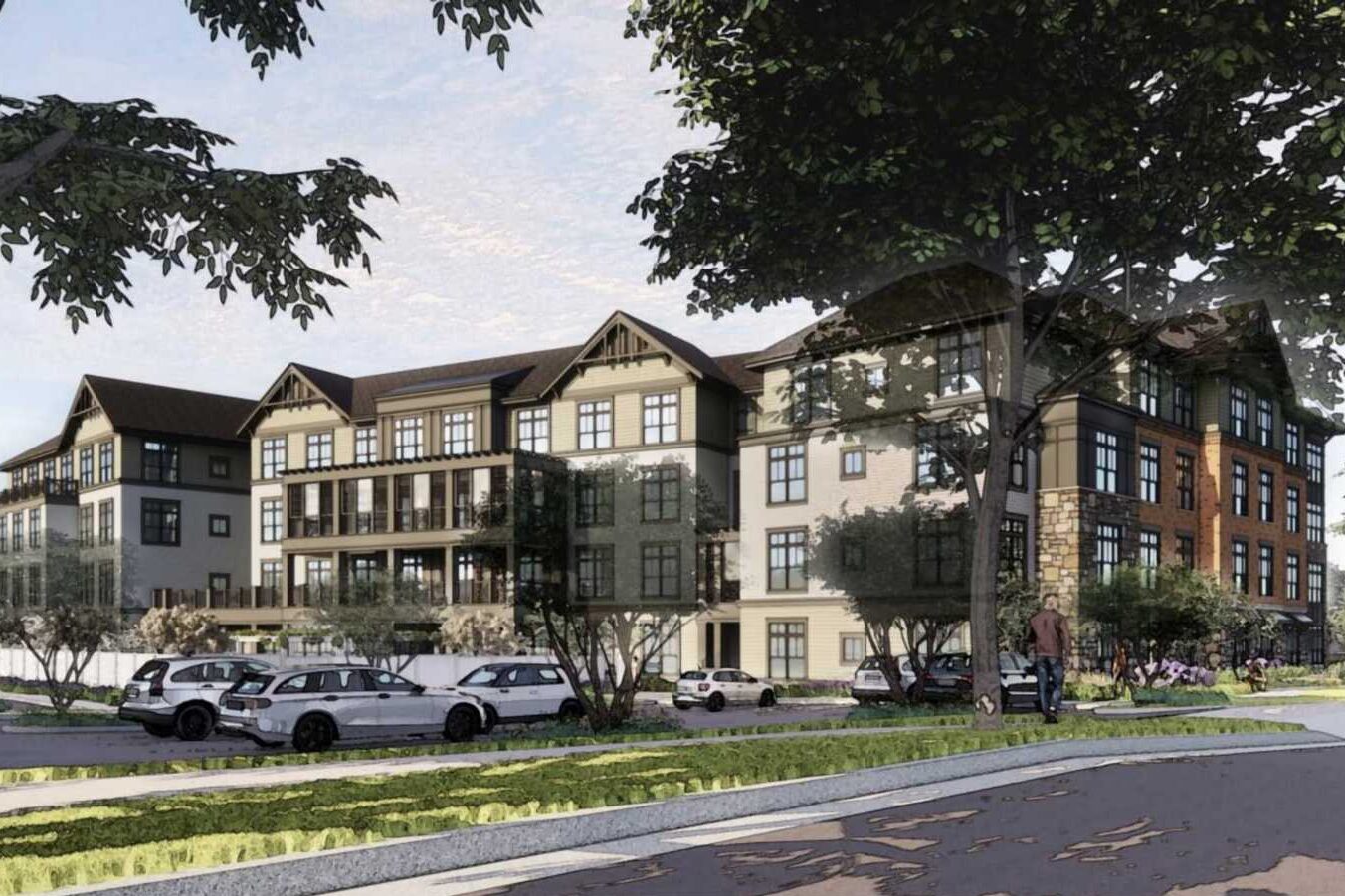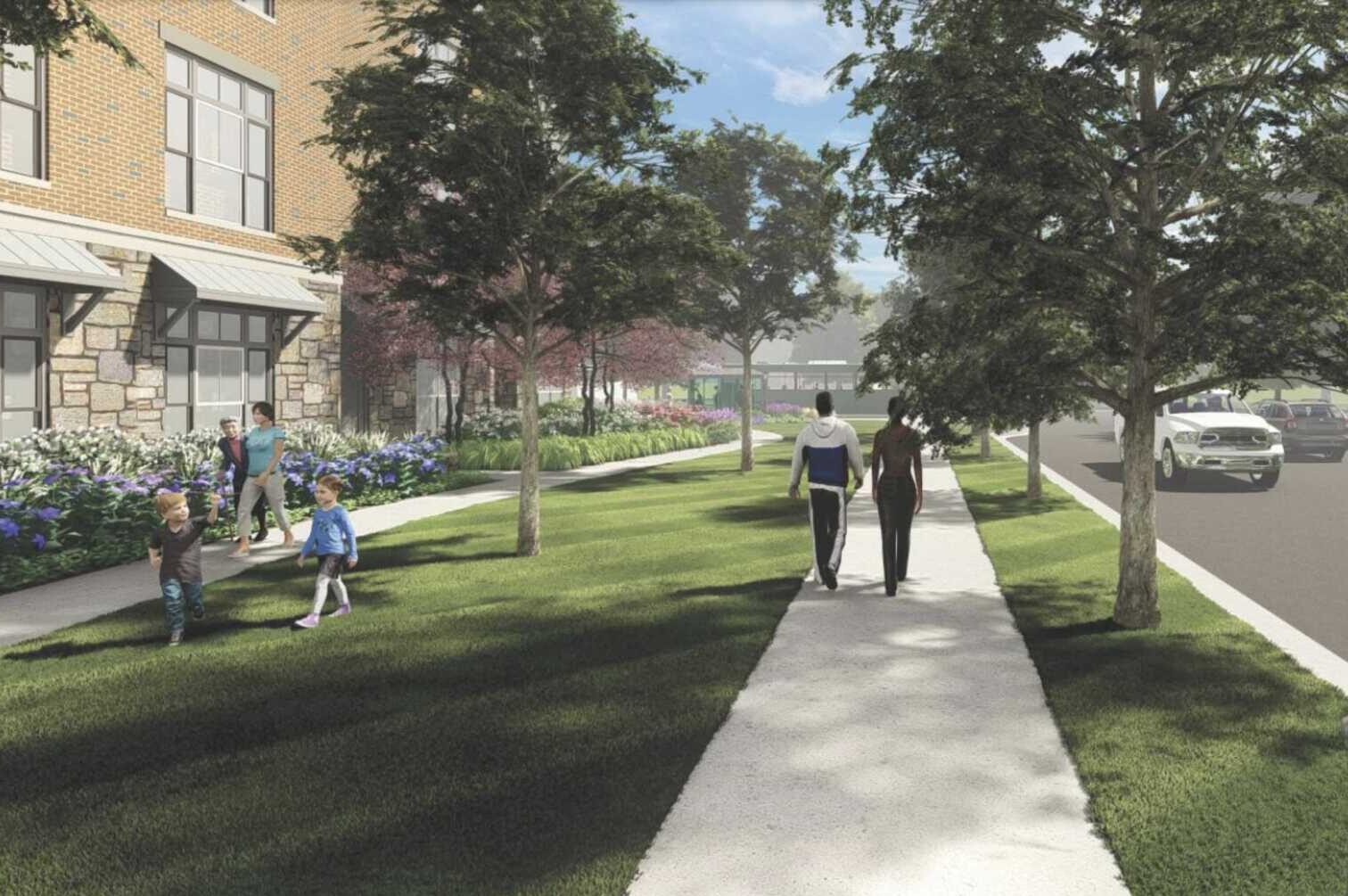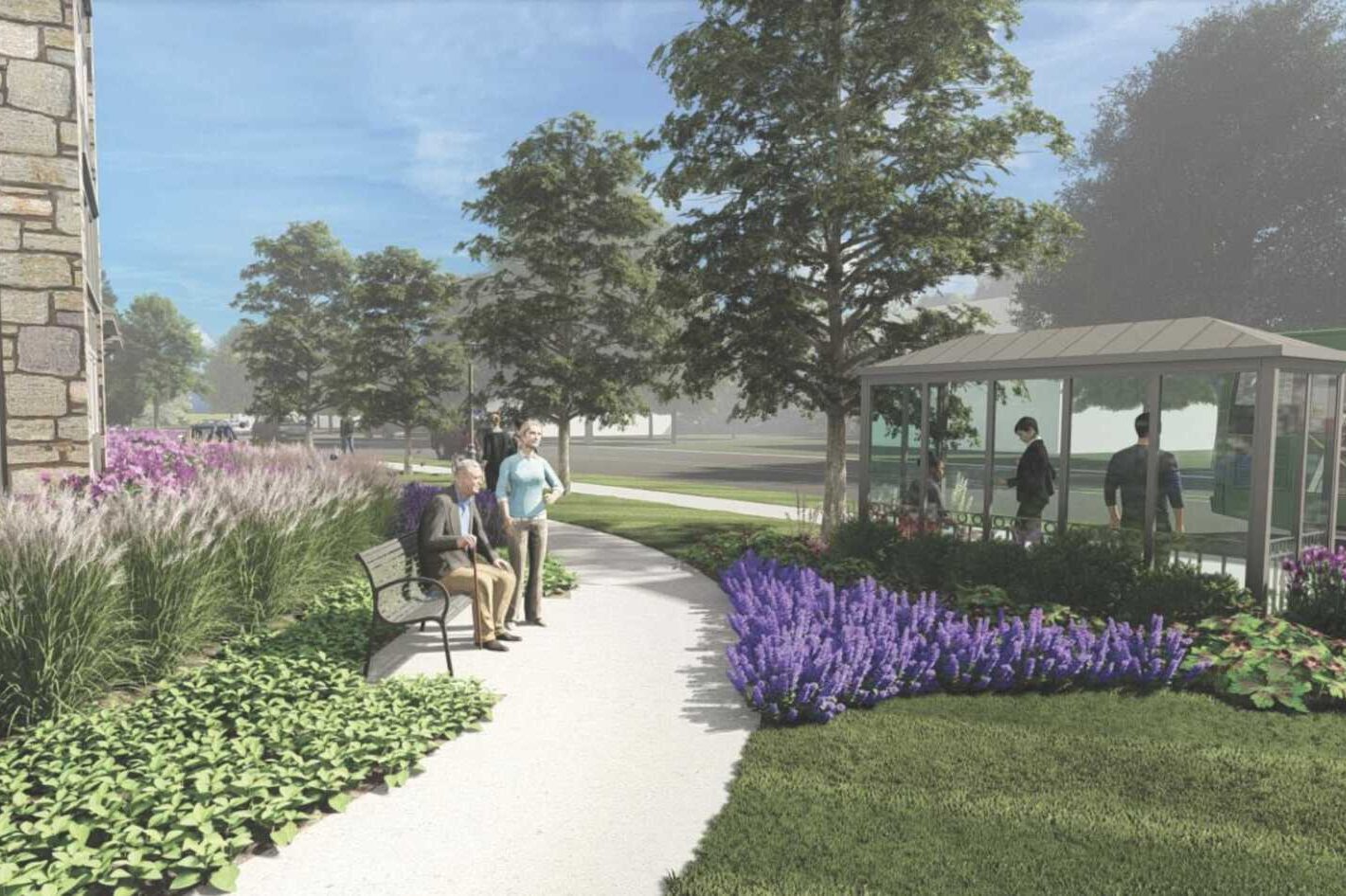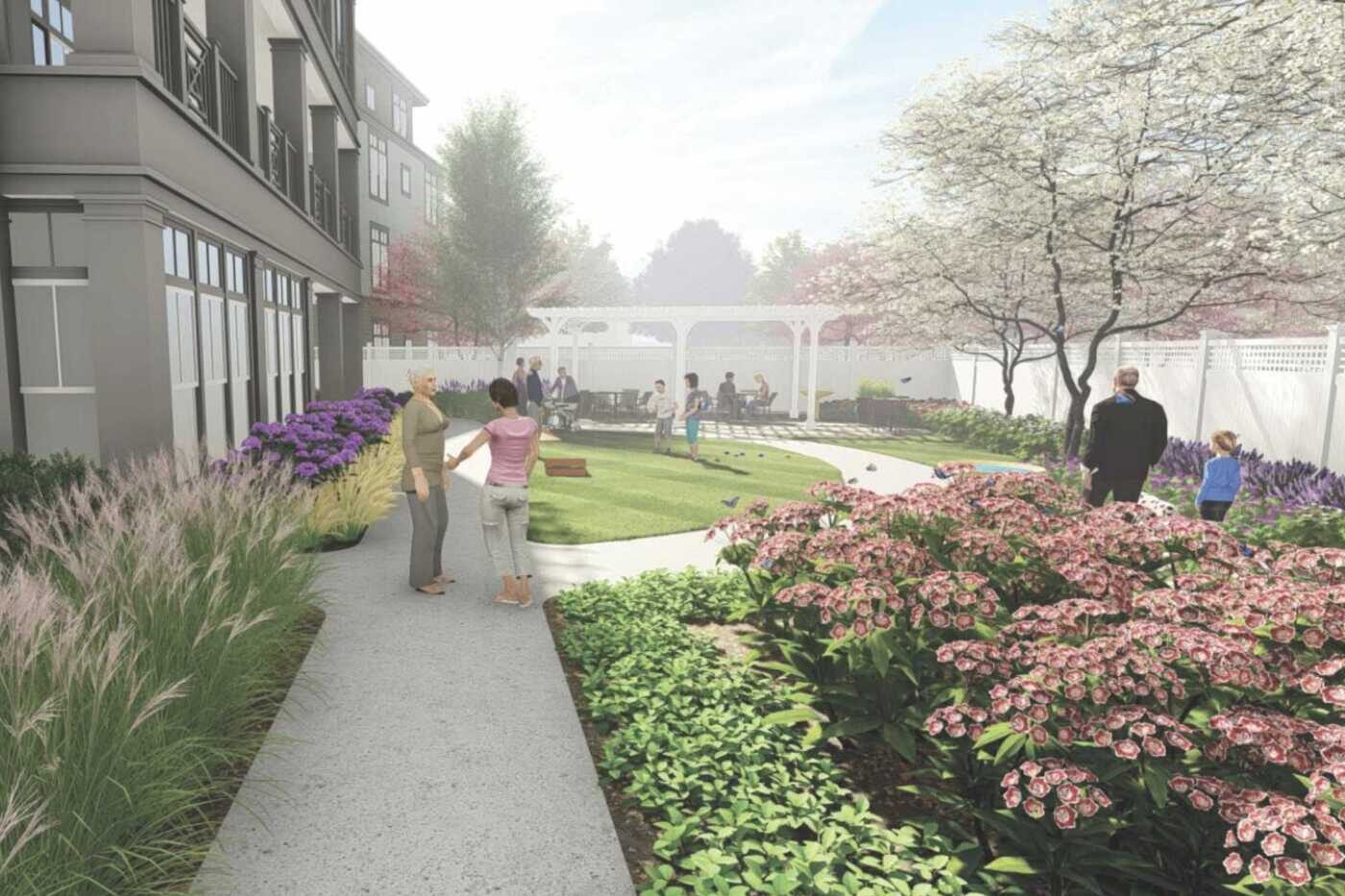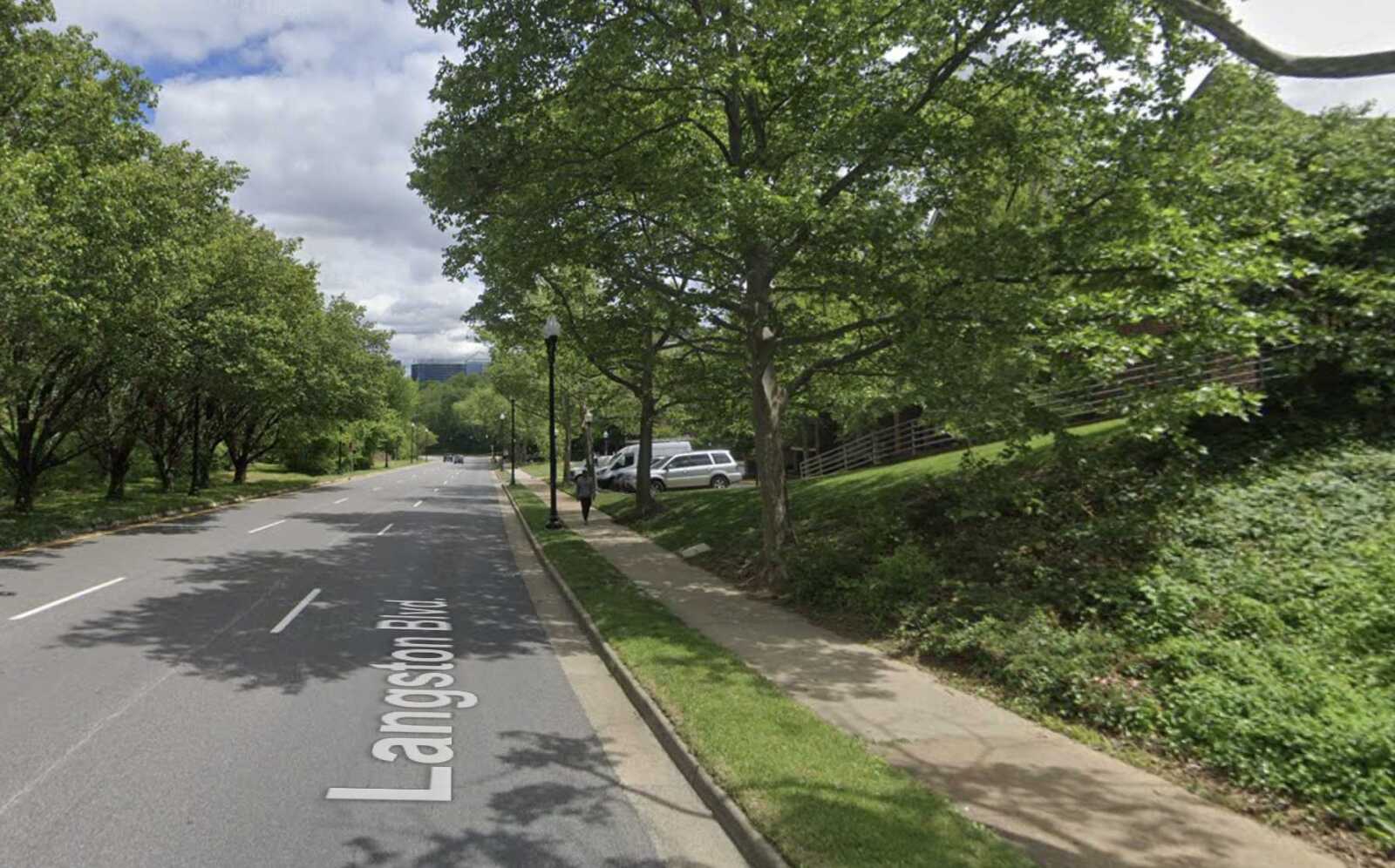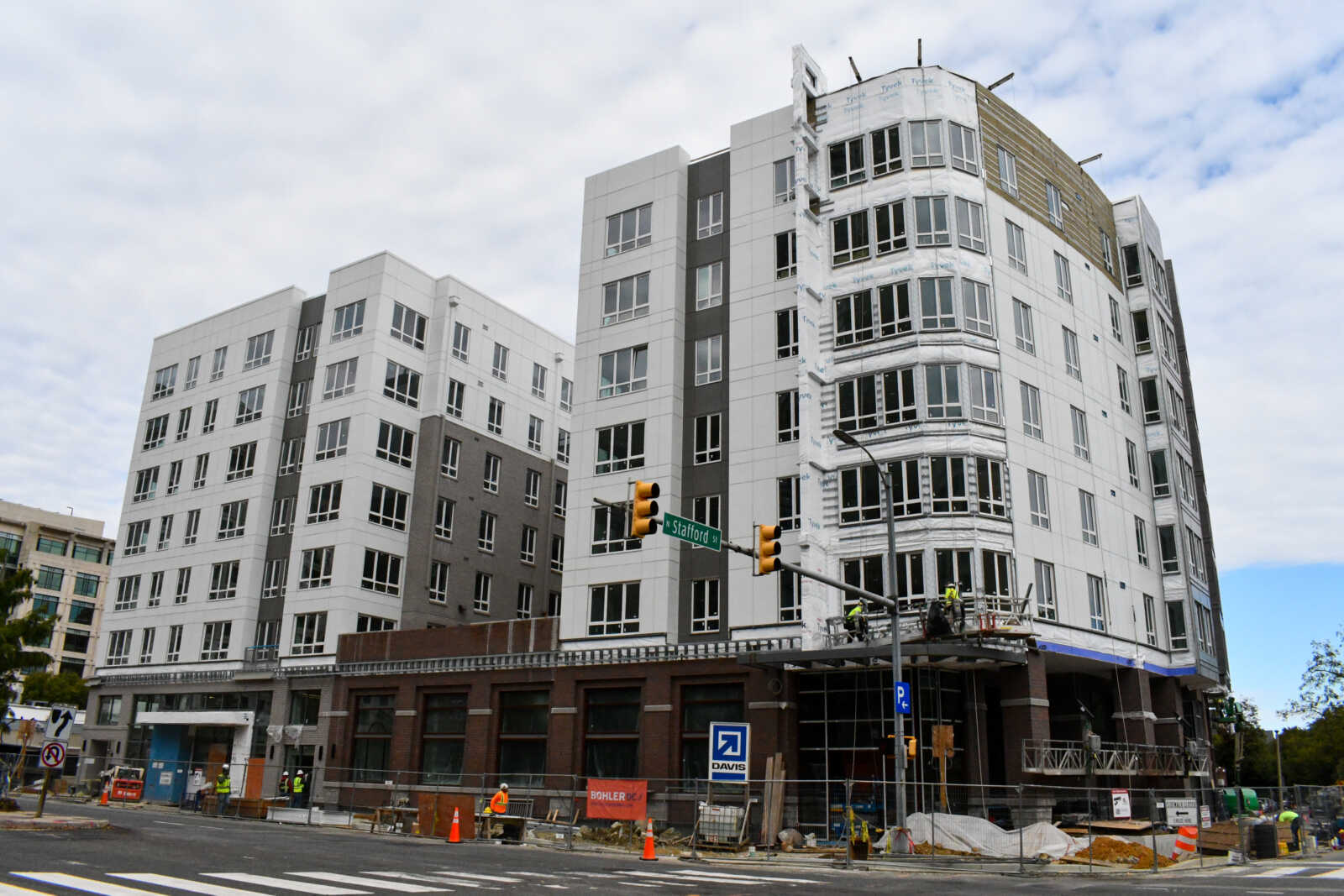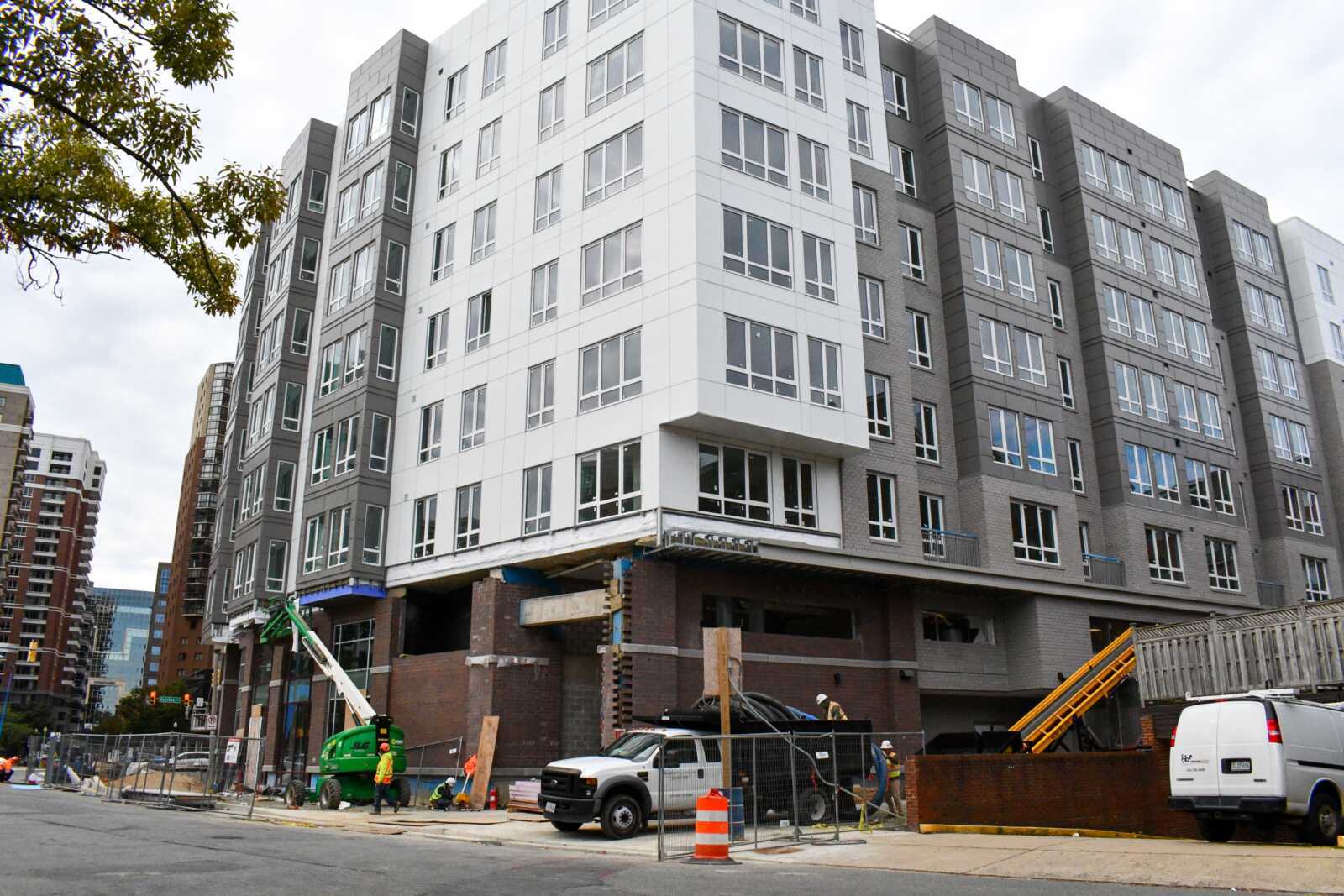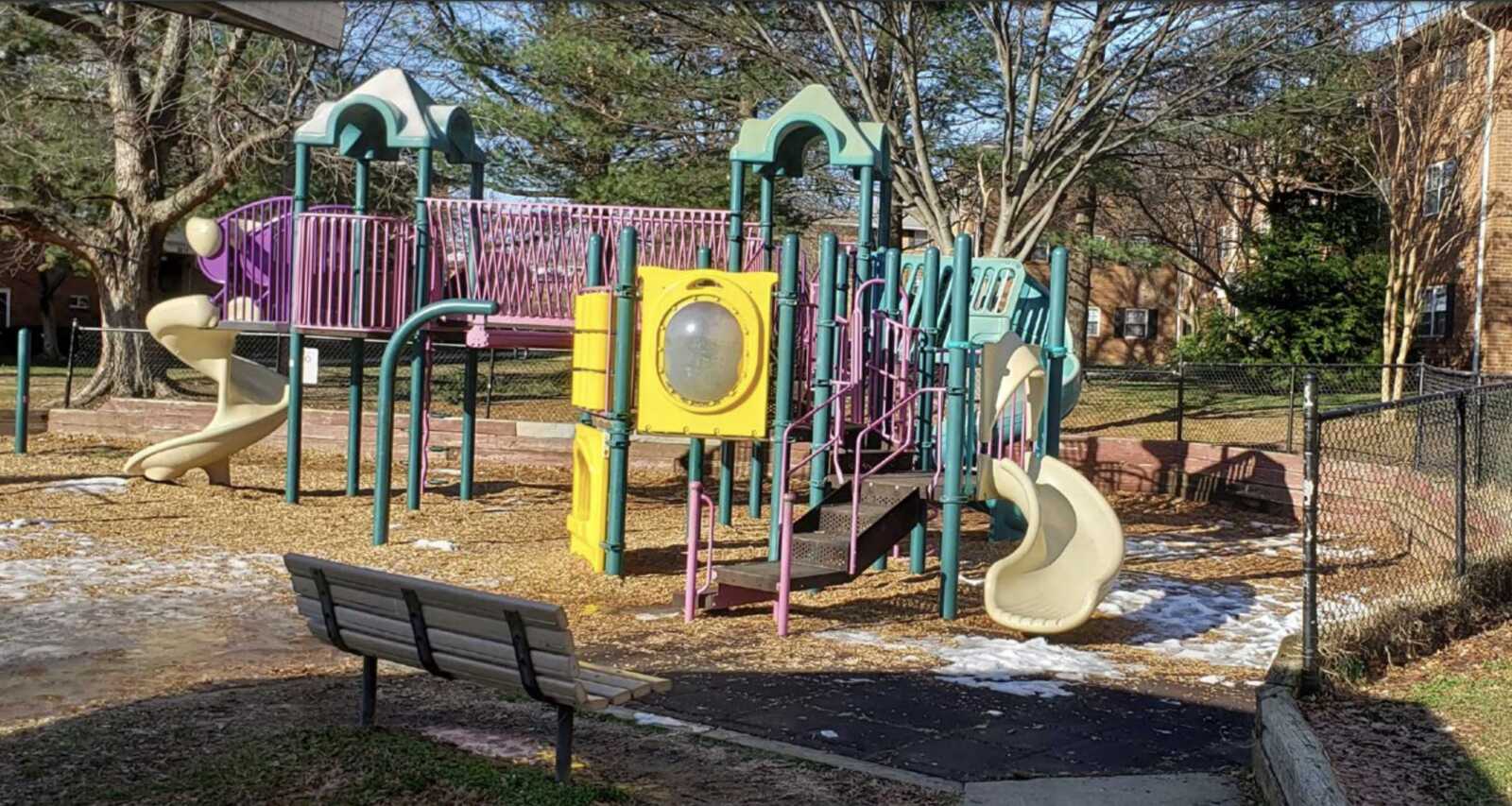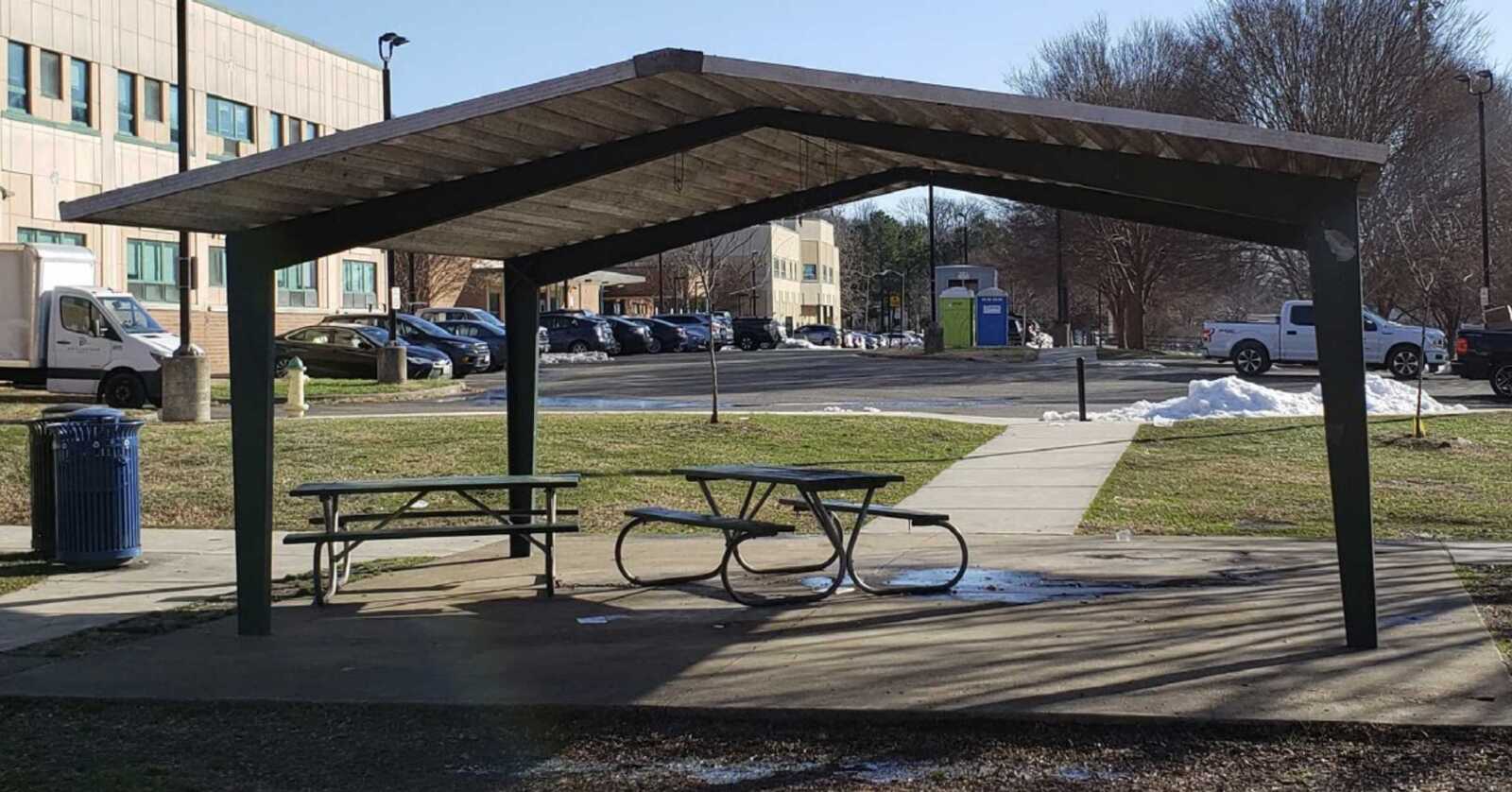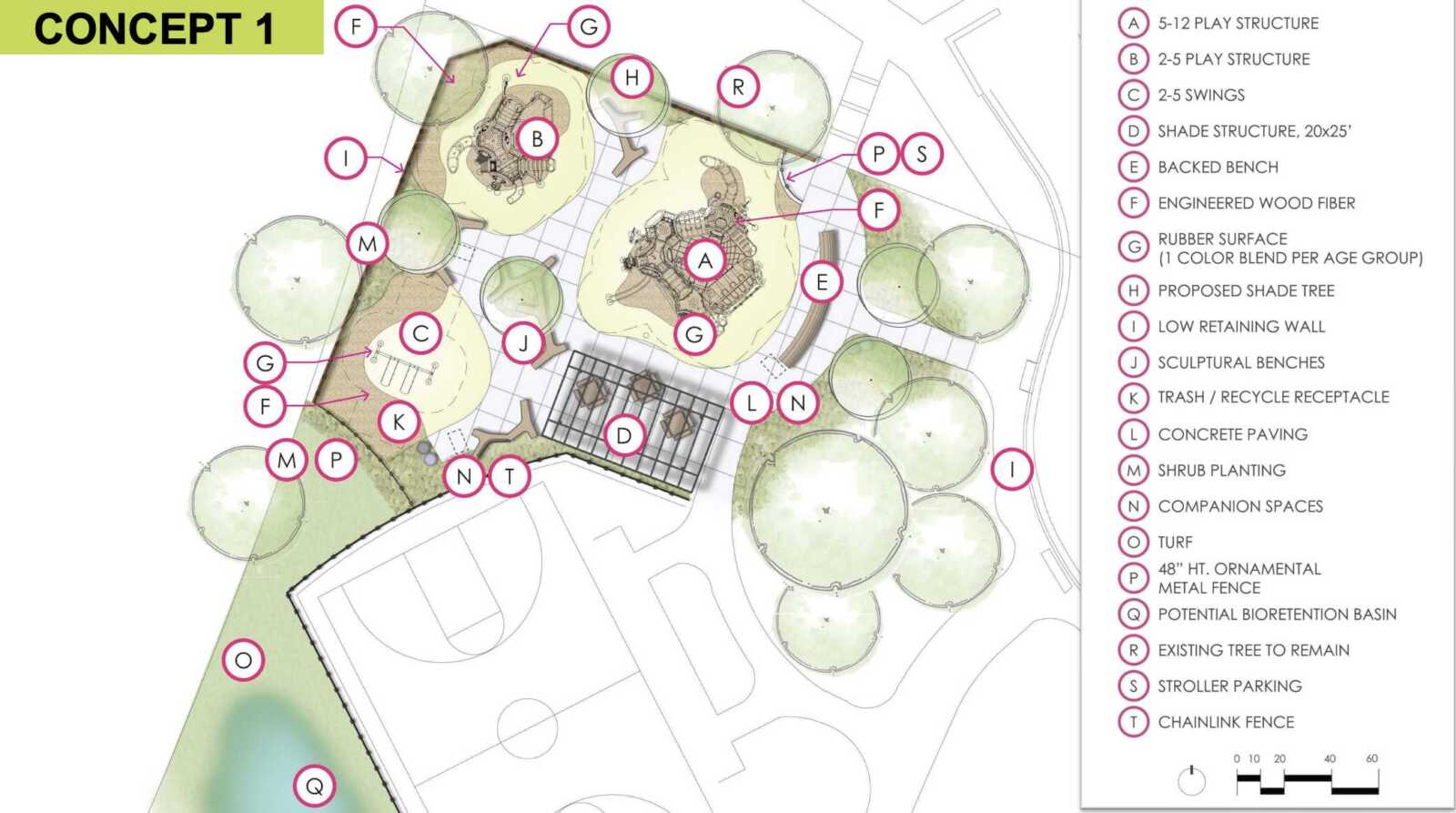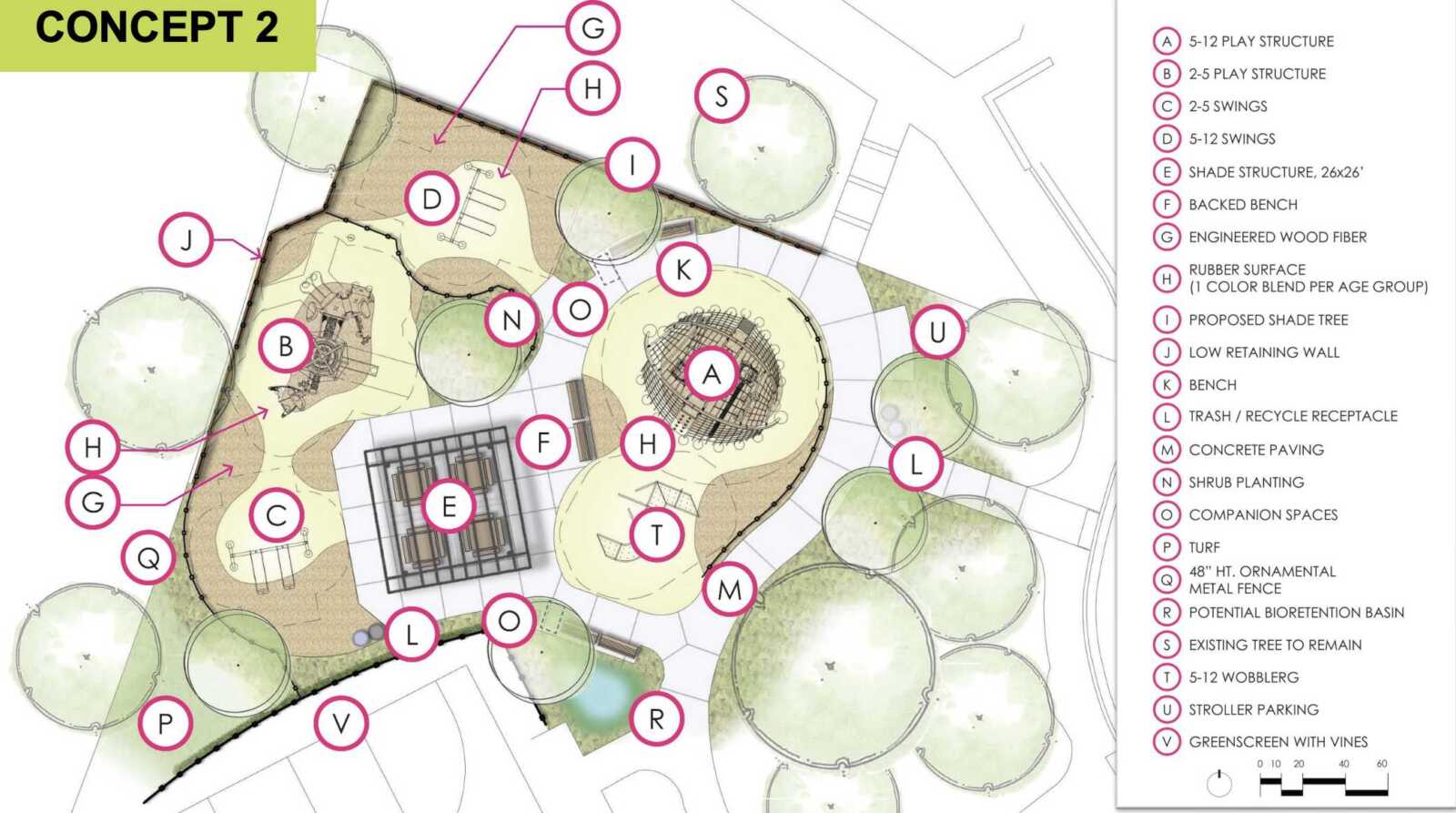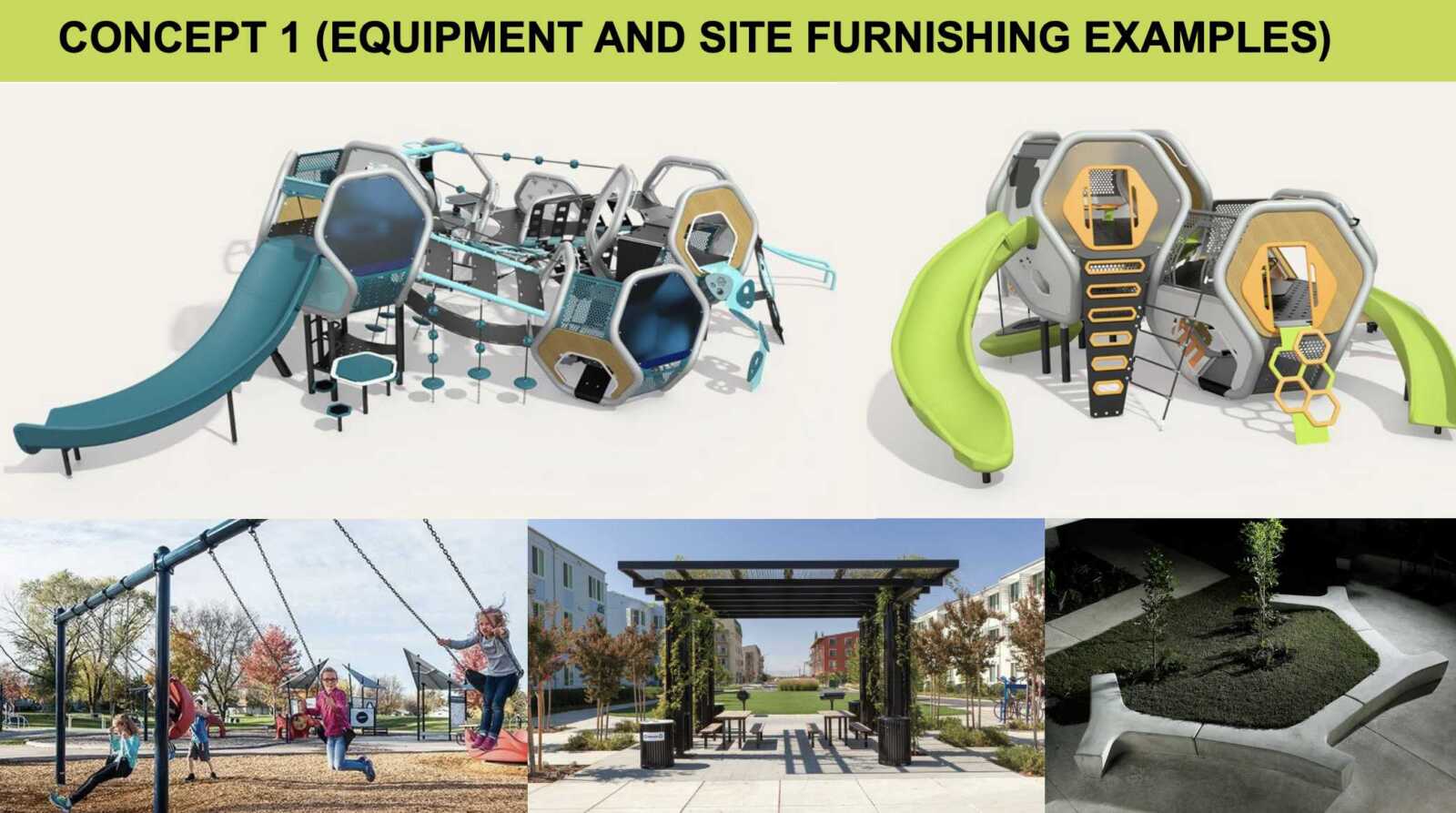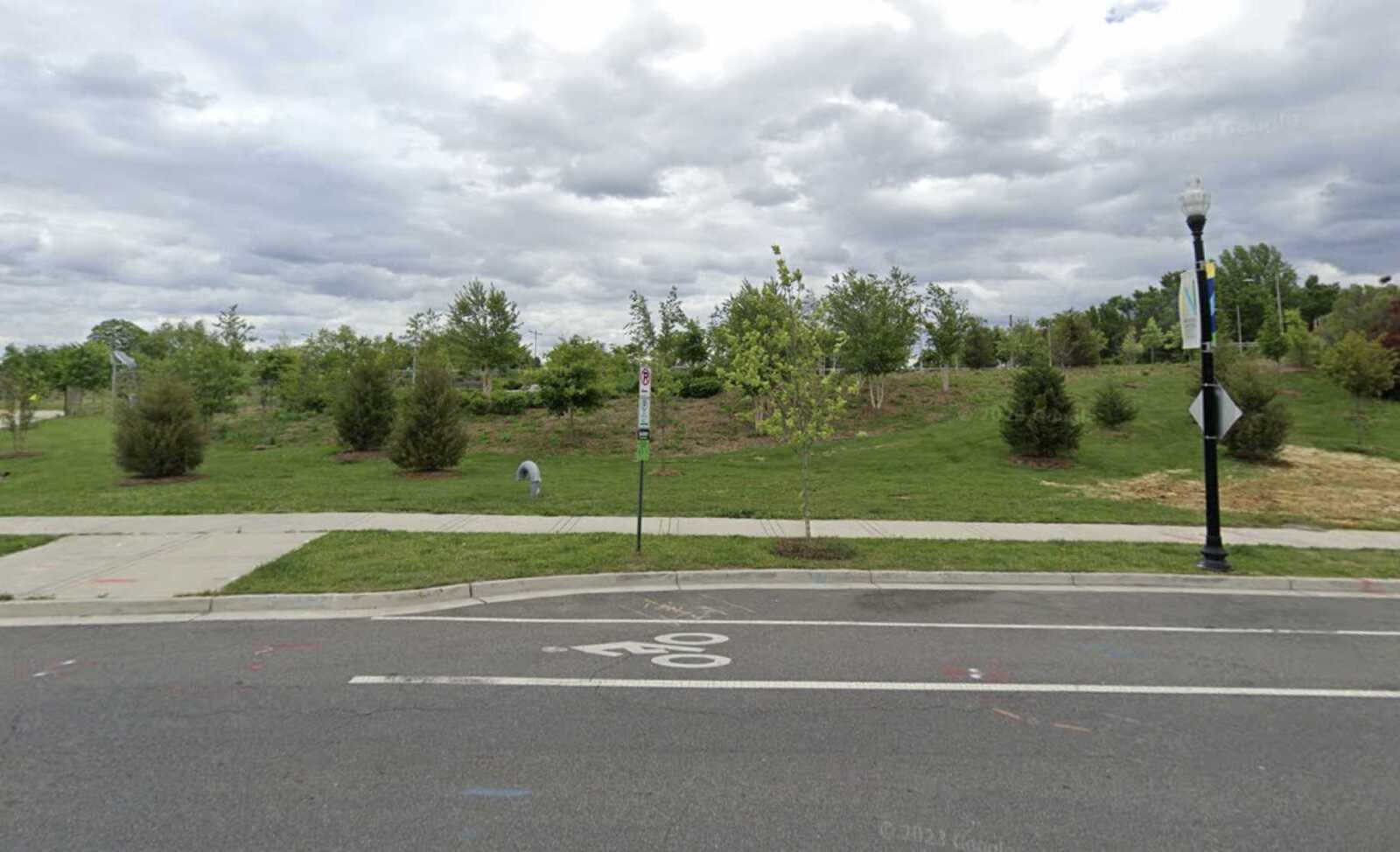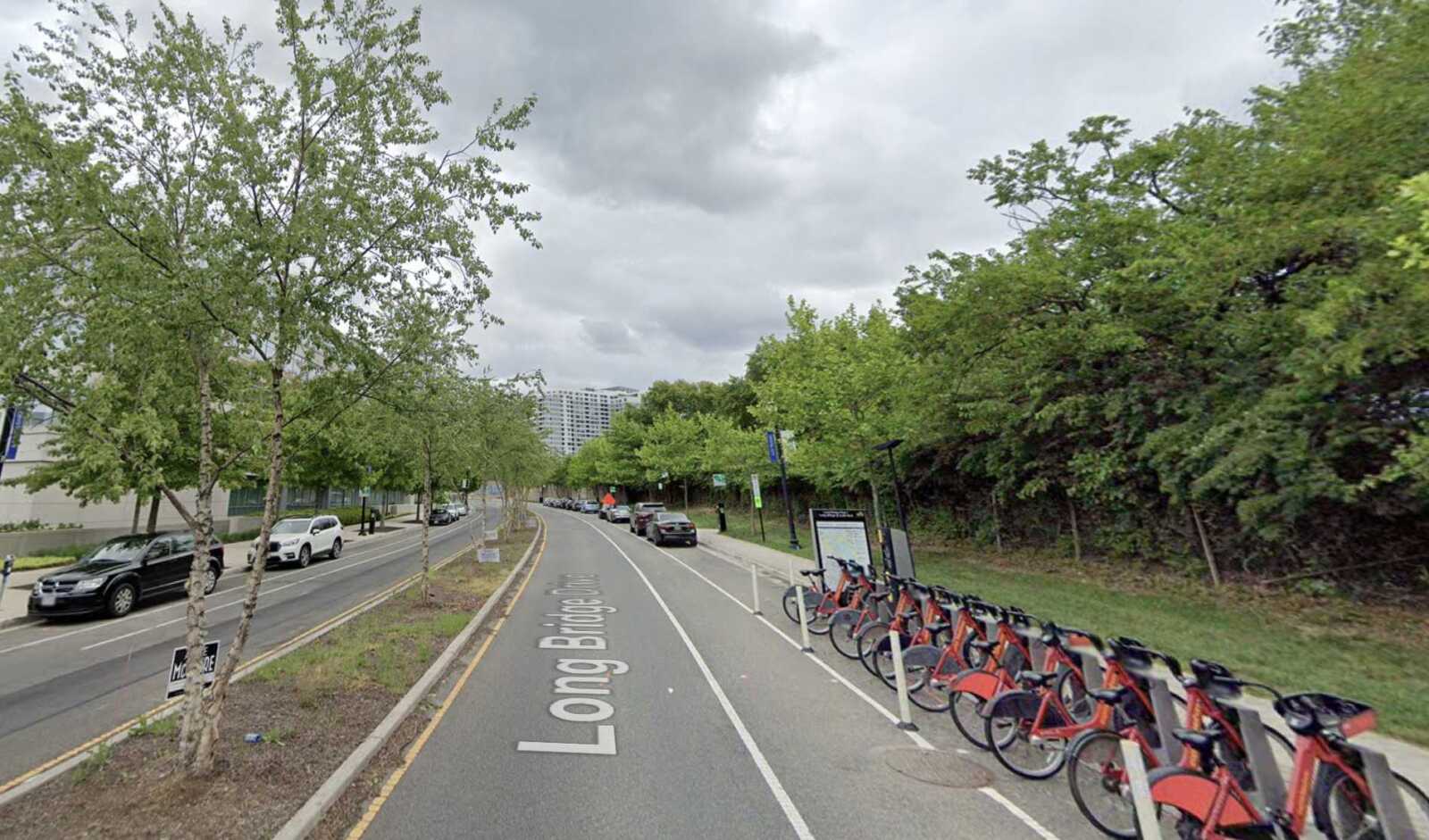Costs are rising for some traffic signal upgrades in Courthouse.
Developer Greystar is installing new traffic signals at three intersections near its new, 423-unit, 20-story building that replaced several restaurants, including Summers Restaurant, in an area known as the “Landmark block.”
The new signals are part of a host of other county-funded projects the developer agreed to undertake in January 2022, along with pavement, sidewalk and curb and gutter improvements to public streets.
These improvements have progressed on a separate timeline from the building, approved in March 2021 and on which Greystar broke ground that fall. This July, as construction on the apartments drew to a close, Greystar received extra time for the transportation projects.
Earlier this year, when the civil engineering plan for the traffic signals was under review, county staff made some “refinements to technical details” regarding the signals, per a county report.
These tweaks increased the overall project costs by $1.1 million, according to the county. Greystar is requesting the additional funding to complete the work and the Arlington County Board is set to review this ask on Saturday.
The overall cost of the project is now $3.5 million, up from $2.4 million.
The traffic signals will be installed where N. Courthouse Road bisects Wilson and Clarendon Blvd as well as the intersections of N. Courthouse Road and 15th Street N. and N. Uhle Street and Clarendon Blvd.
The changes, which the county describes as “refinements to technical details,” are as follows:
A. Increases in all mast arm lengths, which require more costly structures and foundations.
B. Increases in the lengths of trenched conduits due to the density of the underground utilities.
C. Changes to equipment specifications to accommodate newer technologies in the control cabinets.
D. Increases in signal and civil design costs.
E. Additional duration of maintenance of traffic due to the complexity of the anticipated work.
DES obtained an independent cost estimate of this work, $2.77 million. The county says Greystar’s $2.75 million request is thus “fair and reasonable.”
As for the apartment building, the first set of tenants were set to move into “The Commodore” starting last month. The first retail tenants in a slate of restaurants and fitness studios were also set to move in last month, too, though others will not open until next year.


